| 'The Watcher' was an exploration in the world of old and rotting wood stabilized with clear epoxy. Since making this piece, I have made a second one and have a third ready to go on the lathe. Each time I tackle one of these I learn something more. This piece started as a very old oak tree from an island in the Pointe au Baril area of Georgian Bay in Ontario. I was able to get a piece from one of the main stems of this tree. The tree was dying and threatening a cottage which necessitated its removal. These trees grow under duress in a challenging climate. Thus they grow slowly and are quite dense. The year rings for this tree averaged about 20 to the inch. This stem which was part of the main trunk was about 19" in diameter, making it close to 400 years old. I was able to get 5 slices from this piece of oak. I also had another piece from the same tree although it was not as dramatic. The slices from the saw milling are stacked to dry in the studio. They sat there for the better part of 6 months. (See image on the right.) Below are the 5 slabs I started to work on. The piece in the foreground was to become 'The Watcher'. On the first one I poured the outside and the inside at the same time. I was pouring at about 1/4" at a time. This way I was able to eliminate almost all the bubbles and keep the epoxy from cracking. I also worked the epoxy into the wood to give it a uniform hardness. The cans around the sides of the mold were for holding the cover I put over the piece while the epoxy hardened. To keep the dust out I would then put a clean, clear garbage bag over the whole works. Notice that the mold is also lined with a clear garbage bag. The epoxy doesn't stick to polyethylene. I no longer use garbage bags to line my molds. I have made a number of molds that are more accurate than the ones I used here and therefore cut down on the amount of work required to clean up the blank down the road. The new molds are designed for quick release and are buffed a number of times using mold release wax. | The first order of business was to clean up the wood and get all the dead bugs, cobwebs and other stuff loosened and away. This was accomplished using compressed air. I was going to , literally, encase the wood in epoxy. This required putting it in a mold and carefully pouring epoxy in the middle and around the edges. I wanted to make a very shallow bowl. On the first piece I did encase it in epoxy but in the making of the bowl I turned about 80% of the epoxy away. On the second piece, I constructed a mold that allowed me to pour the inside up to just beyond the half way point on the thickness of the wood and then pop it out of the mold, turn it over, set it back in the mold and pour the outside up to just over half way again. This gave me about a 30% savings on the cost of the epoxy. The second piece I made from this wood was called 'Witness'. 'The Watcher' and 'Witness' are so similar that I have used images from both pieces for this blog. These two images are of 'Witness'. The epoxy savings are apparent in the image on the left. However, I will show in the next part how using the plastic garbage bag cost me some considerable extra time in finishing the turning of the bowl. Part 2 will be coming soon. Until then... P.S. Remember that you can click on any image to see an enlargement. |
|
0 Comments
I have talked a lot about epoxy in the previous posts without giving much information about it. I hope to rectify that here.
Where I get my epoxy and what I buy First of all, I buy most of my epoxy from Noah's Marine. Info on Noah's can be found here (scroll down). Specific info on the resin can be found here. I use the medium hardener. I also use the pigments that Noah's provide. They can provide measuring accessories as accuracy is essential. There are many epoxies I have tried other epoxies but for the most part they have specific uses and are not applicable to my situations. Some are meant to cover artworks with thin clear coatings. Some are more UV stable than others. Some require higher room temperatures to work or set properly and thus need to be set in warm water baths. (An update here. I had a problem with some of Noah's epoxies and that problem is detailed here. If the page asks for a password, please use 'noahs'. This is part of the experimenting that I did. The resulting piece was not very successful.) Wash coats I use wash coats to penetrate rotten or very soft woods to give them integrity for turning. On end grain a wash coat will go in up to 5/16" (8 mm). In soft wood such as spalted the depth can be anything from 1/8" to 3/16" (3 mm to 5 mm) When I mix my epoxy it is 2 parts resin to 1 part hardener. To make a wash coat with the viscosity of water I add another 1 part of lacquer thinner. If a thicker coat more like a thin syrup is desired then I use less lacquer thinner. Stir the epoxy resin and hardener first then add the lacquer thinner. Two cautions about the lacquer thinner A mask is definitely needed when working with the stuff. It smells bad and can give headaches. I get migraines from it. When I am using it I make sure that the application is the last thing I do before I leave the studio for the day. My studio is in a separate building. This should not be done in a home workshop that is part of the house. Secondly, the hardening of the epoxy takes considerably longer when using lacquer thinner. It can take from several days to more than a week. Lacquer thinner also weakens the epoxy. I don't use this technique for anything else. Turning wood strengthened with a wash coat When I am turning end grain such as that described in the previous posts, I only turn the epoxied wood until the wood starts to tear instead of cut. I find that using a very sharp gouge, the transition from the epoxied wood is readily apparent. At this point I stop and apply another wash coat. It takes much longer to turn a piece this way but the integrity of the wood is essential to the success of the piece. Sanding and finishing after turning After I have finished with the gouge and am ready to sand, I apply one last wash coat. This makes the turned surface hard enough to sand and will give the entire area to be sanded the same density. This is important as I do not want to introduce texture where none is desired. I usually sand from Grit 60 to 1000. Going all the way to 1000 is not necessary unless there are large areas of clear epoxy to be sanded. The reason for going to 1000 is to completely removed the sanding lines. I am able to apply my finish over the epoxy but I try not to use more than 3 coats. I hope this covers some of the questions that may have arisen in the previous posts. I will go into sanding and finishing in more detail in a future post. Until then...
Remember that you can click on any image in my recent posts to see an enlargement.
|
Categories
All
Archives
February 2019
|
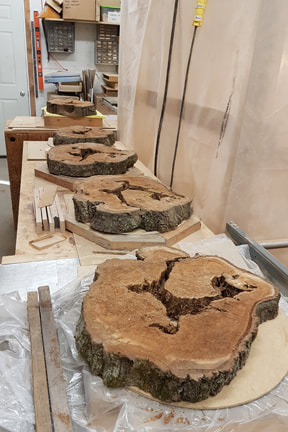
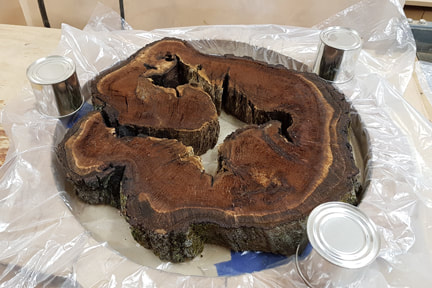
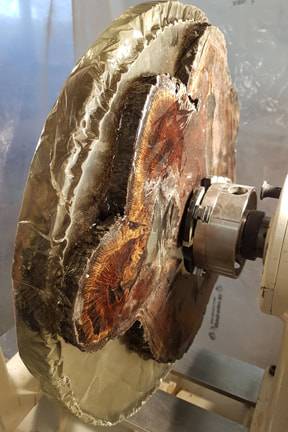
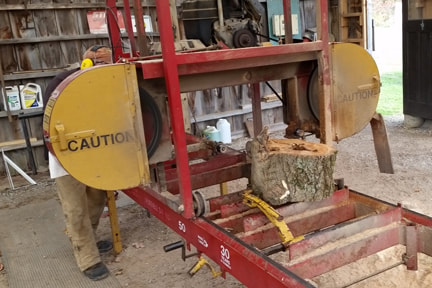
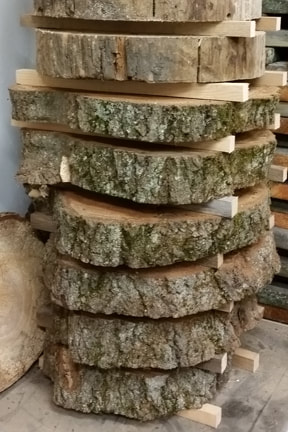
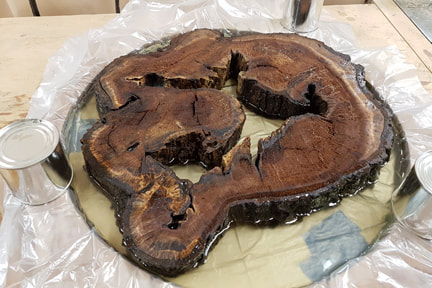

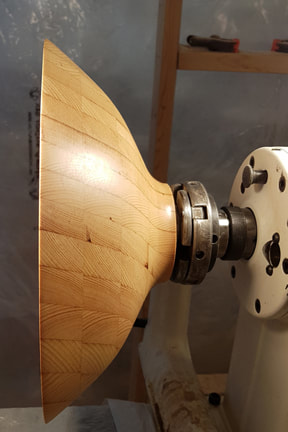
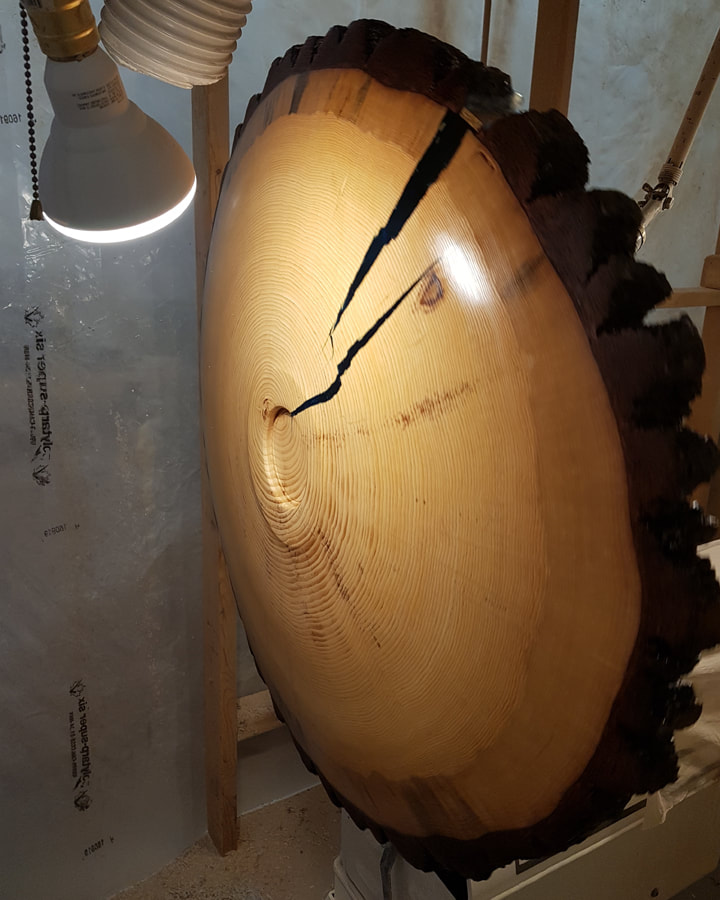
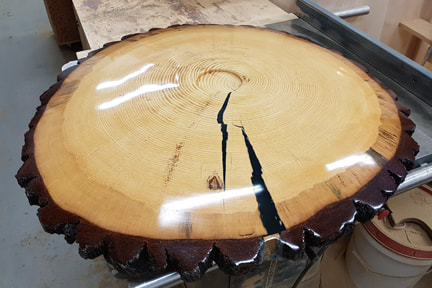
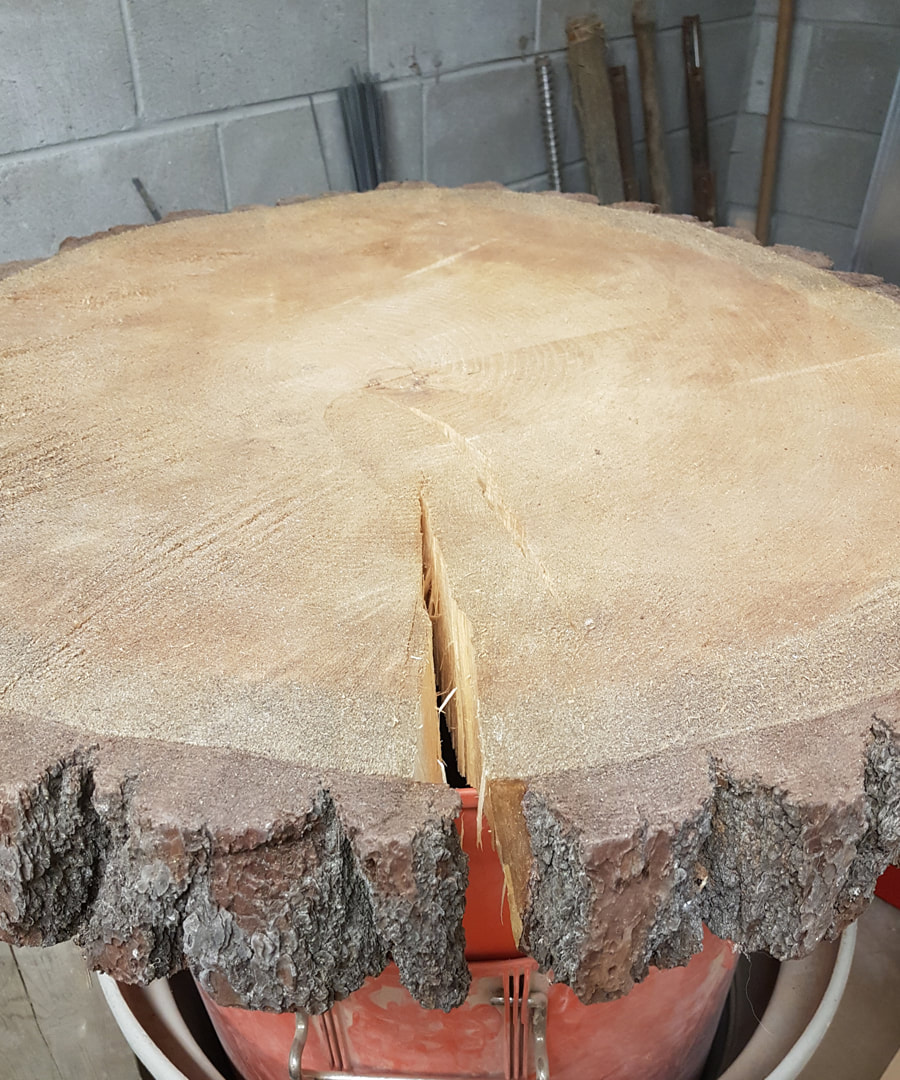
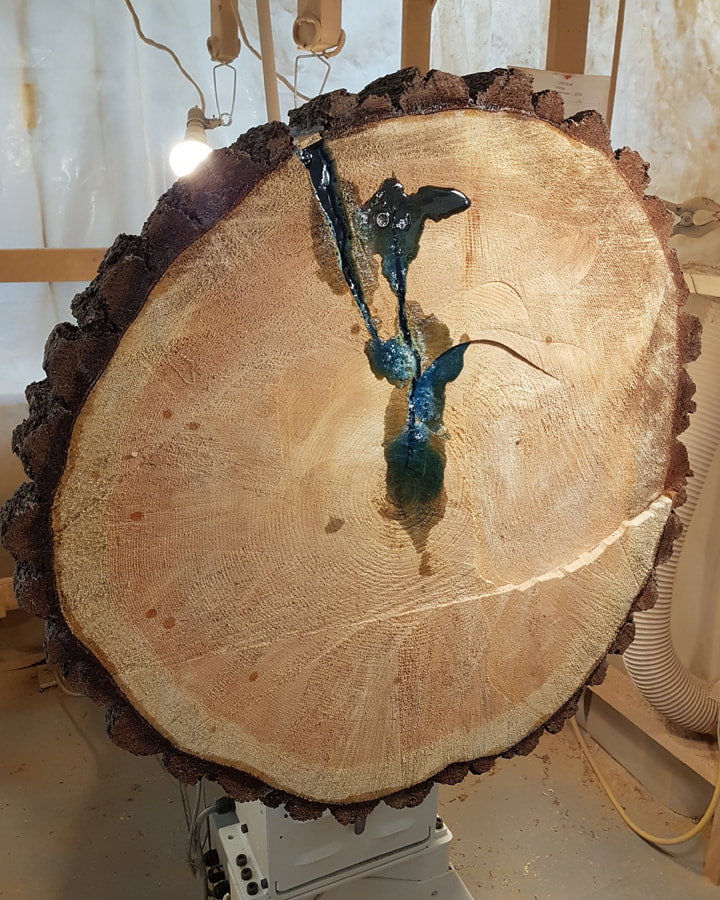

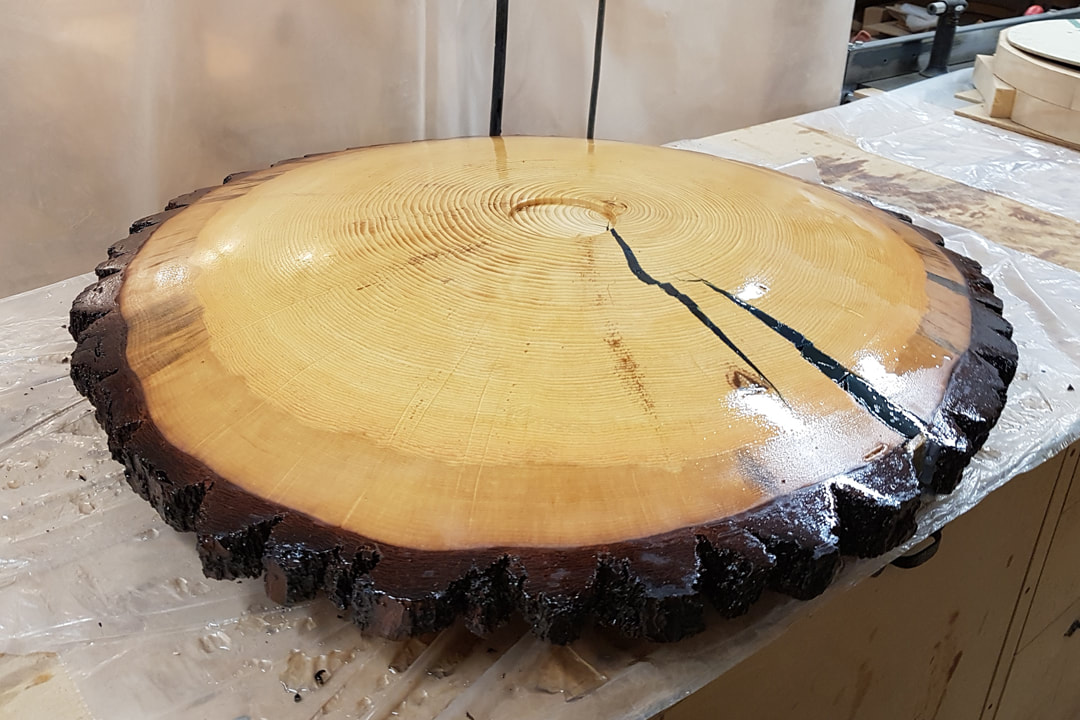
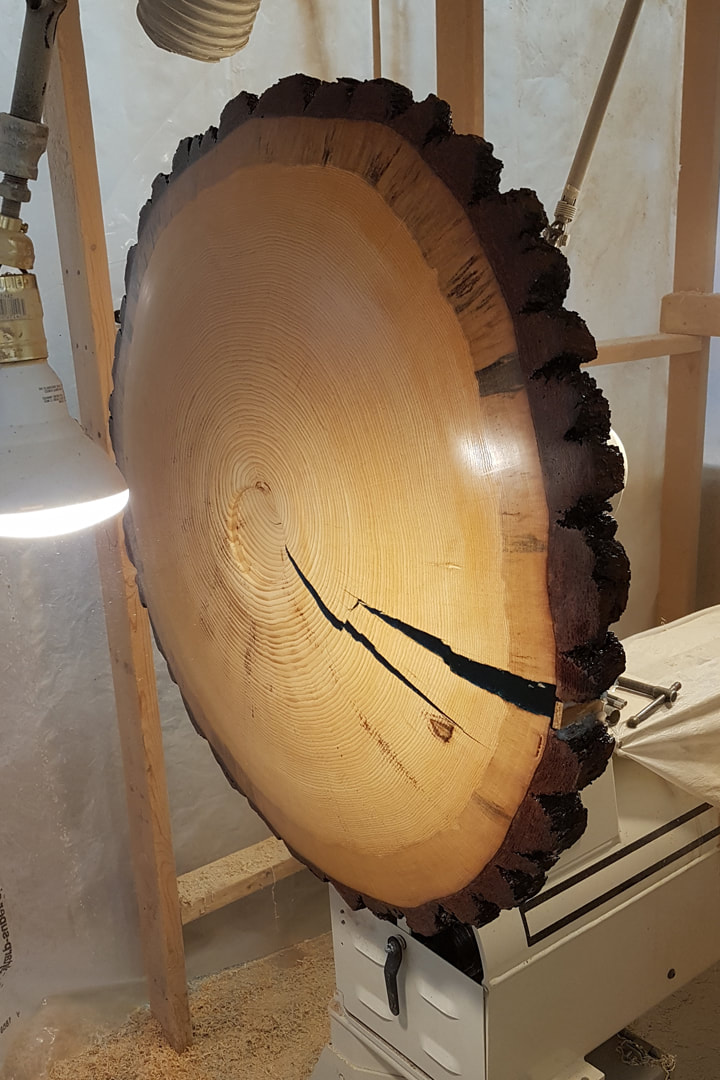
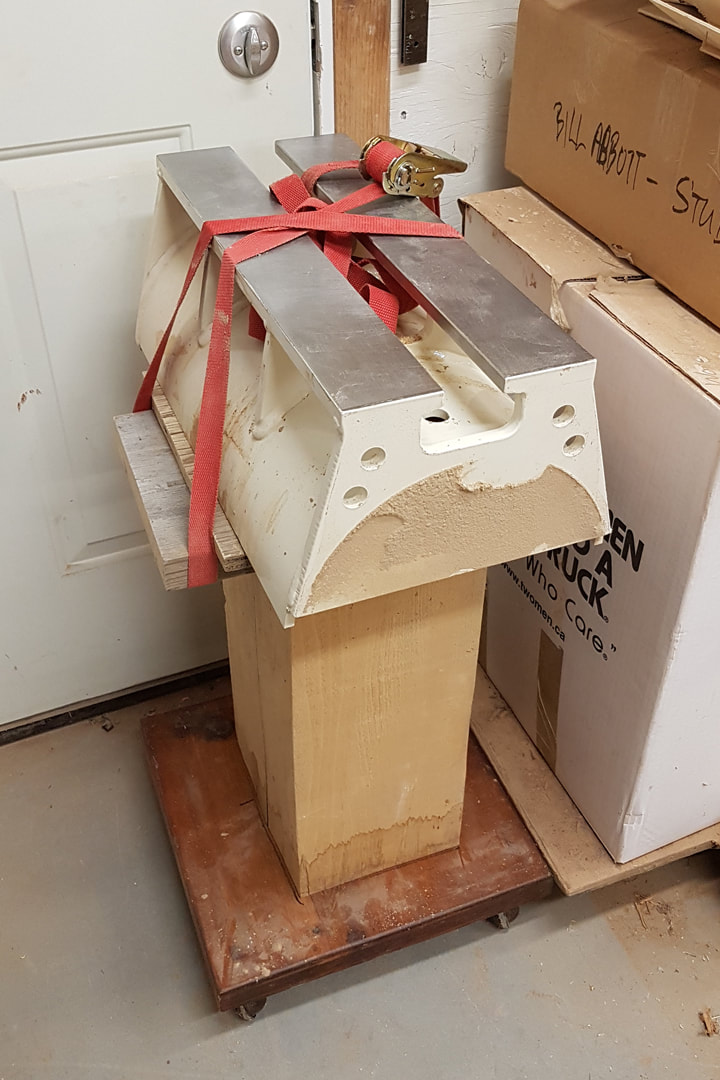
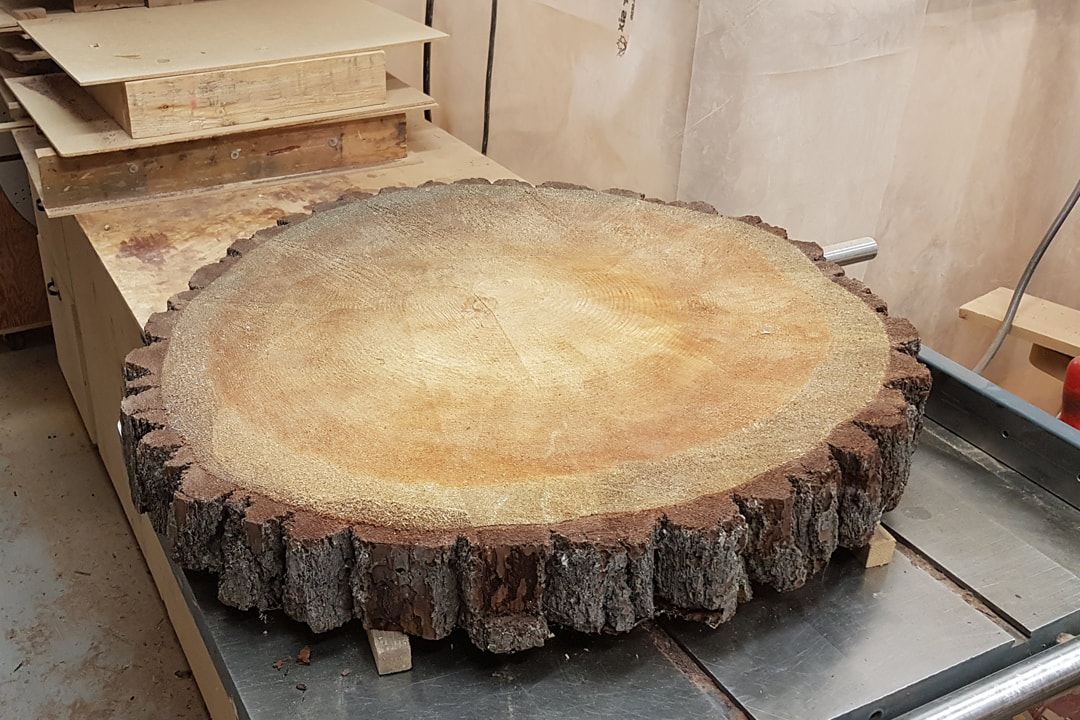
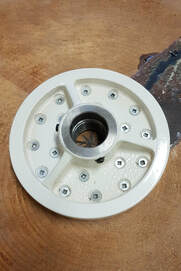
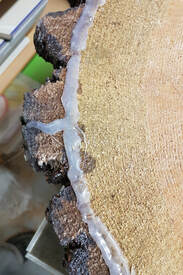
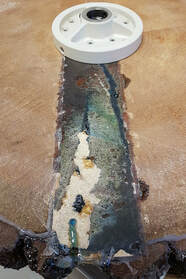
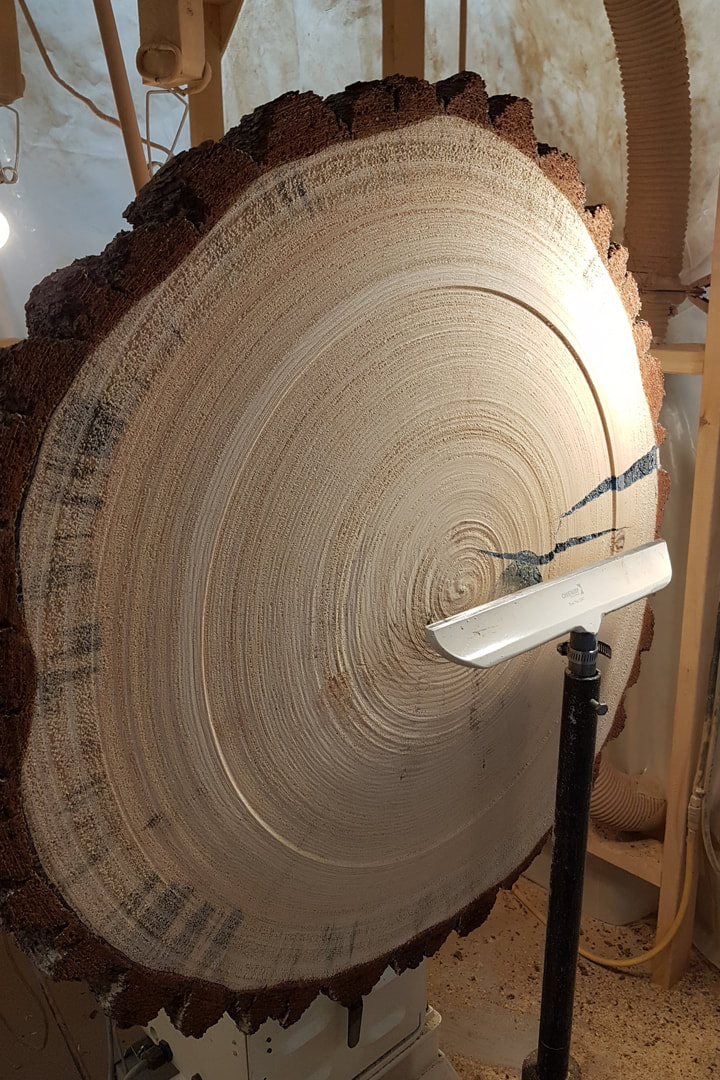
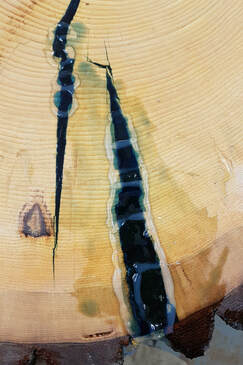
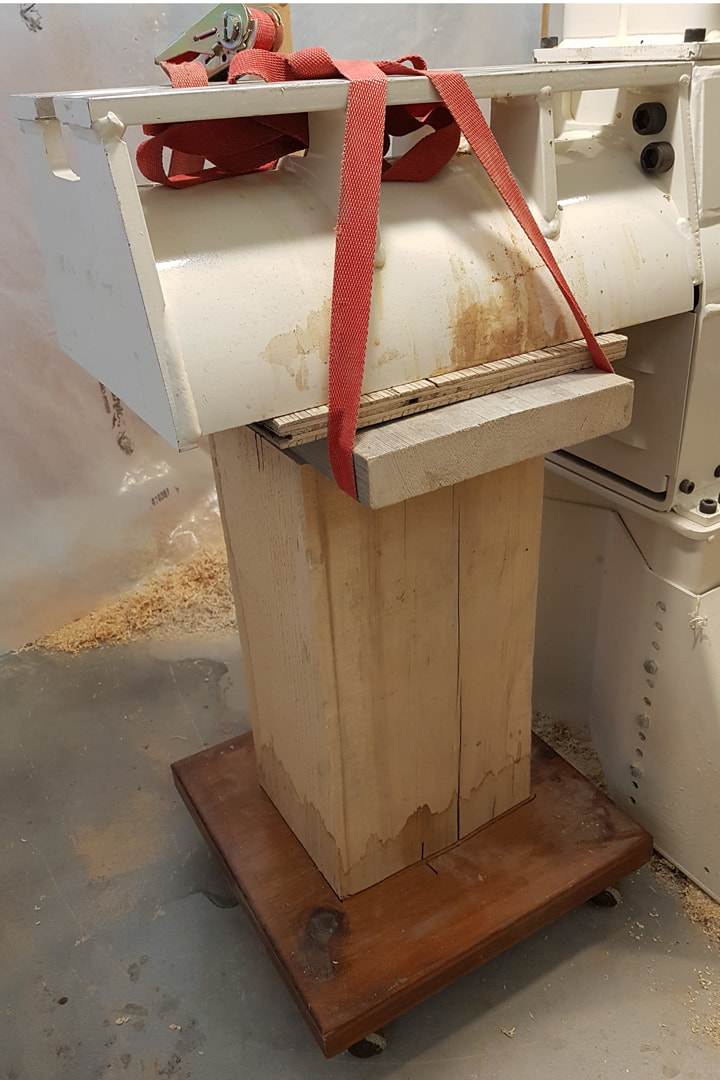
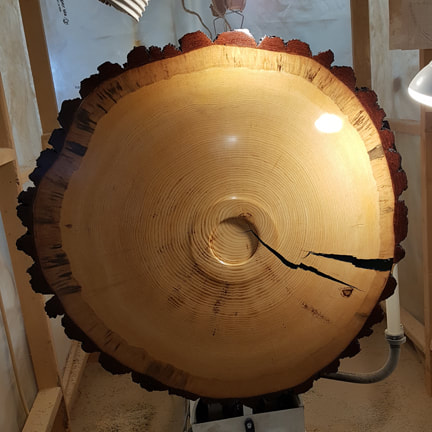
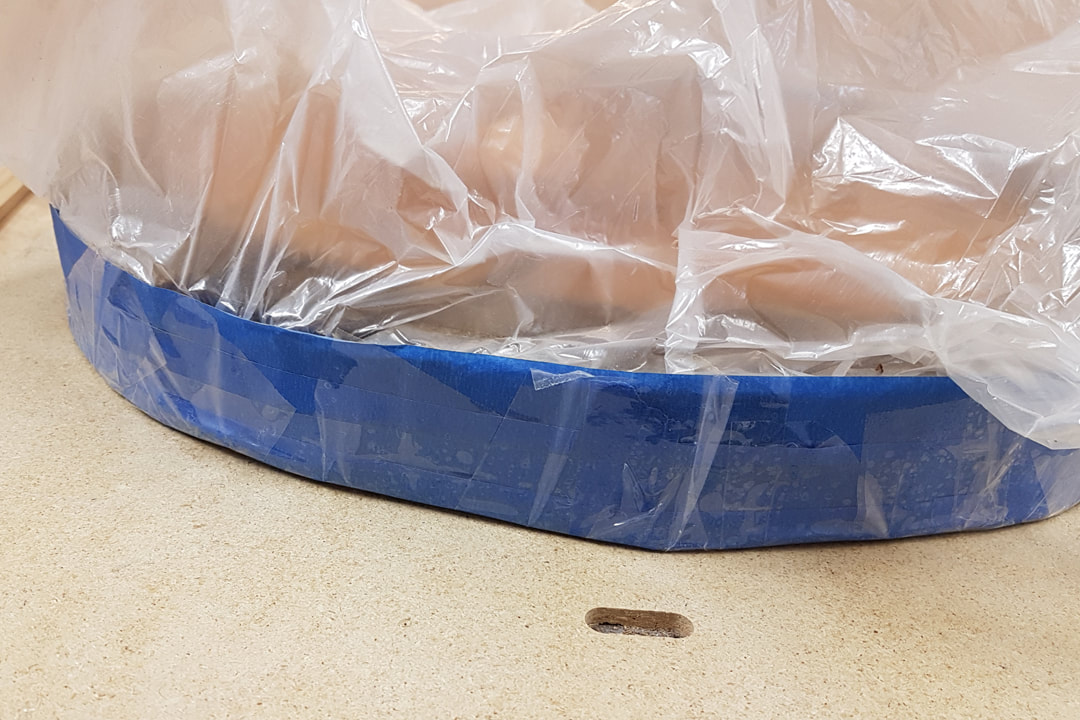
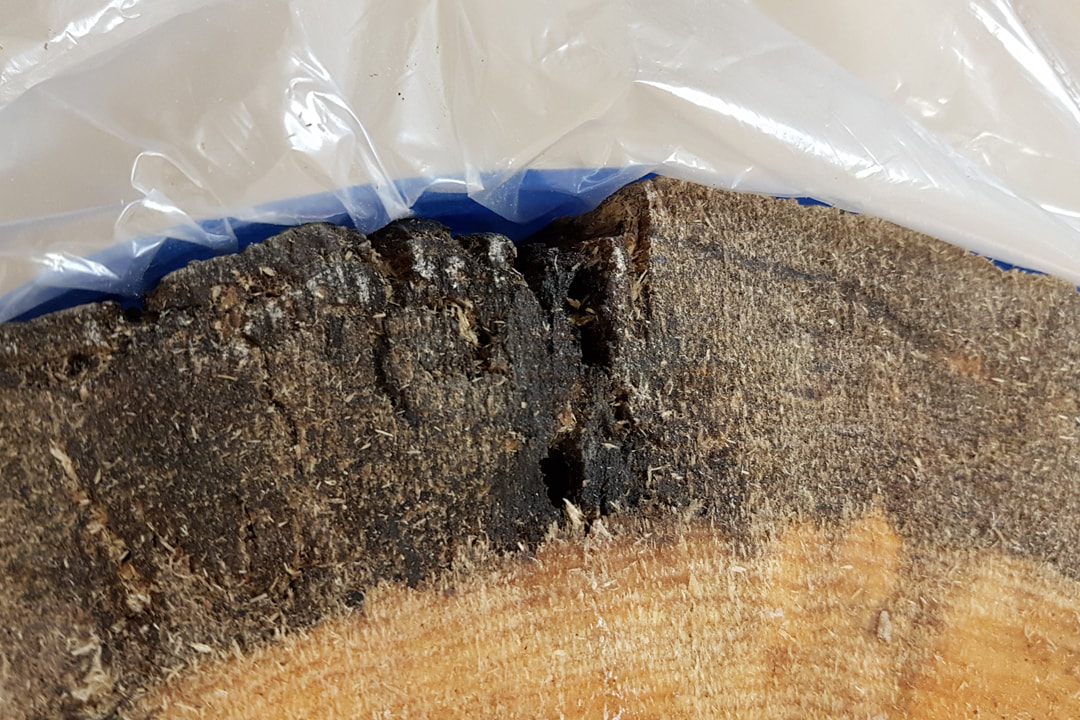
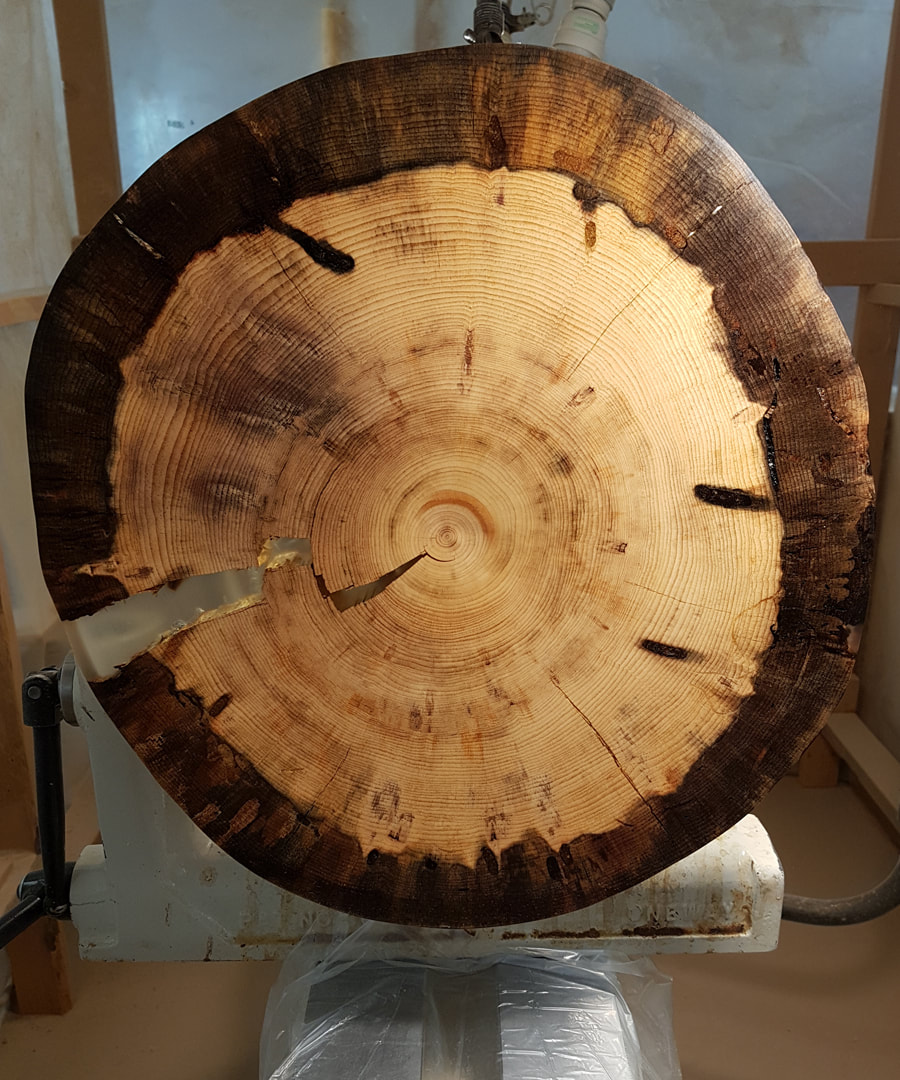
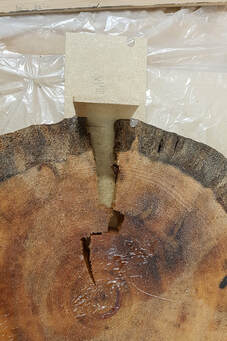
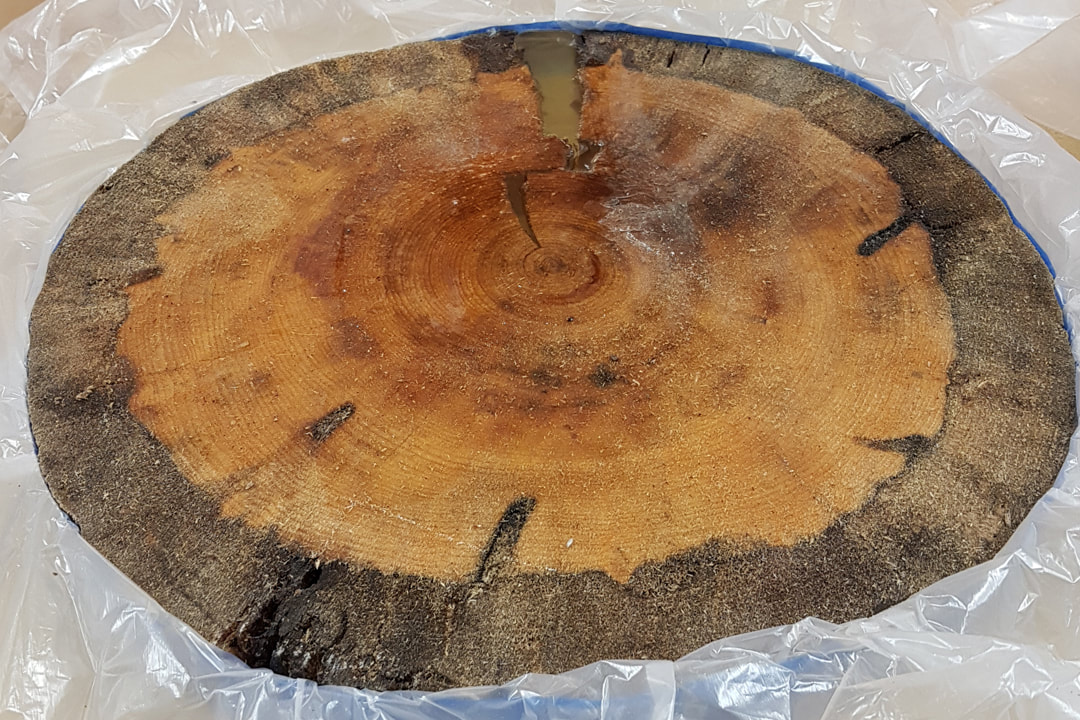
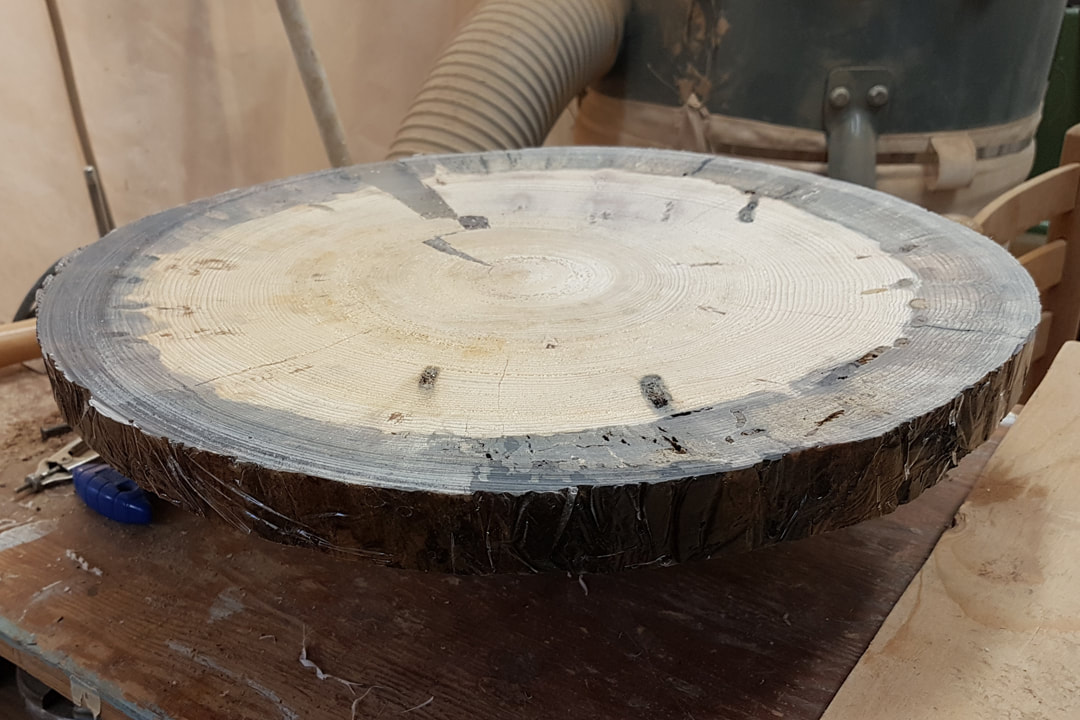
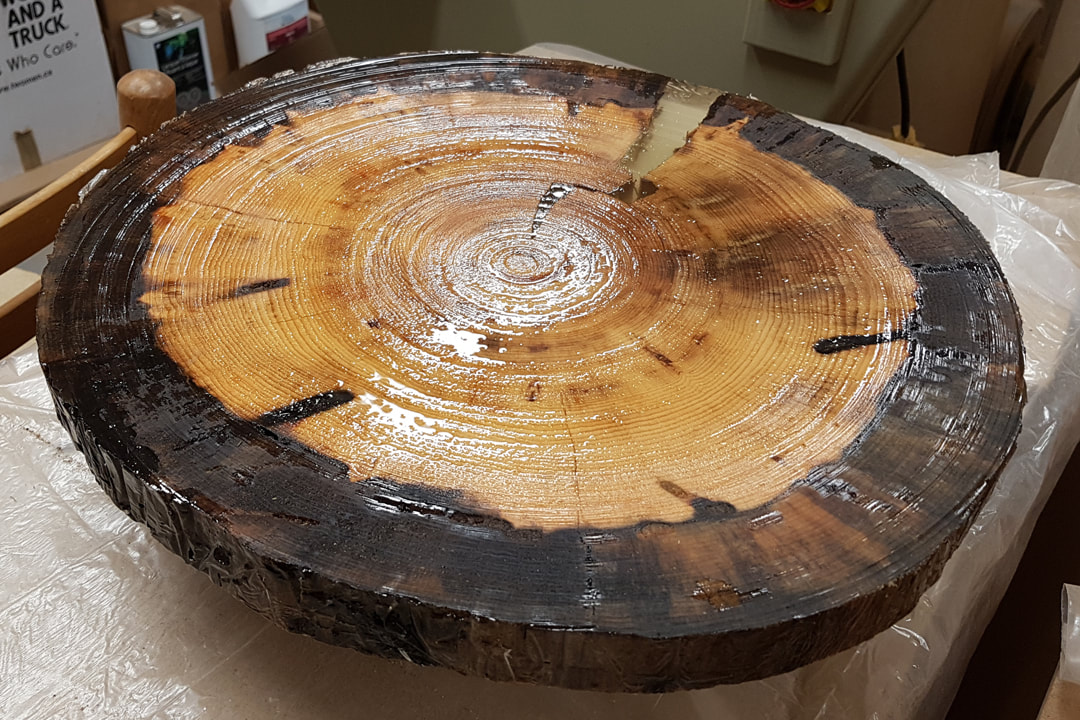
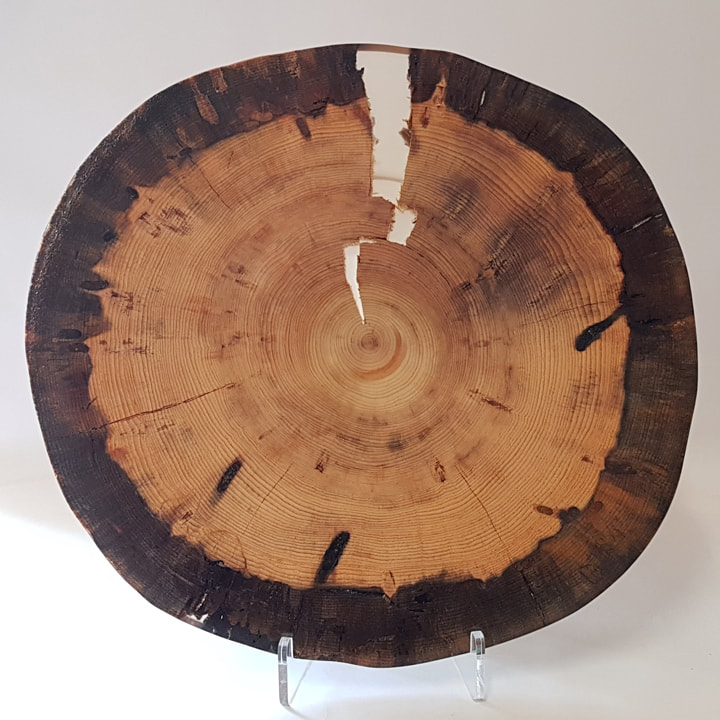
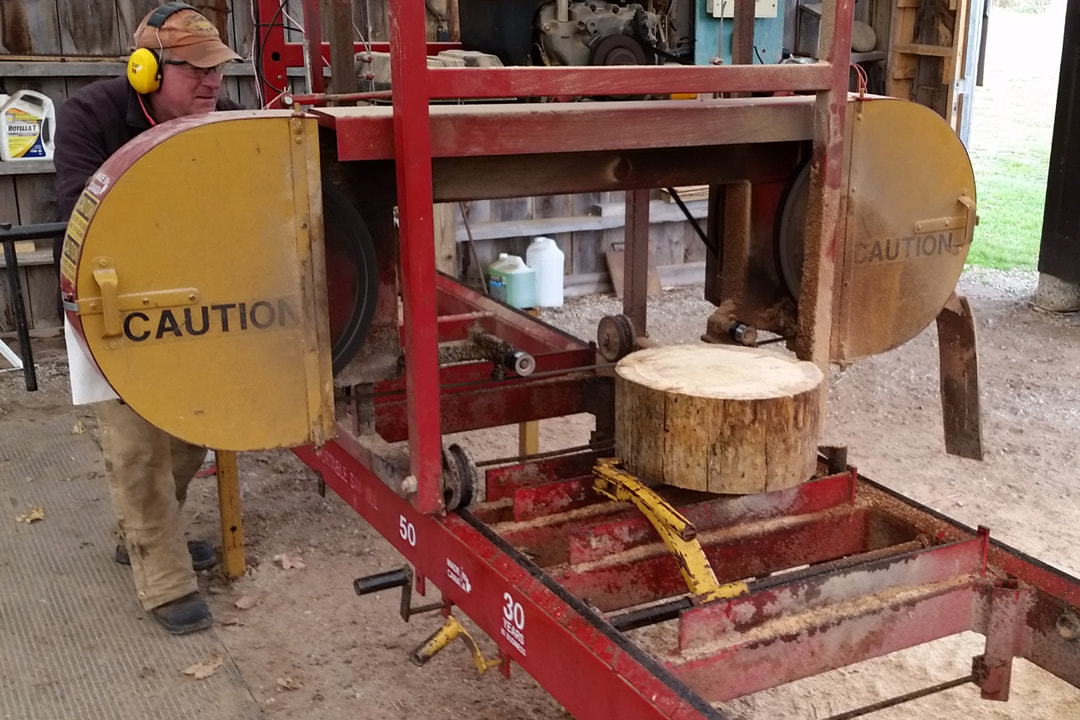
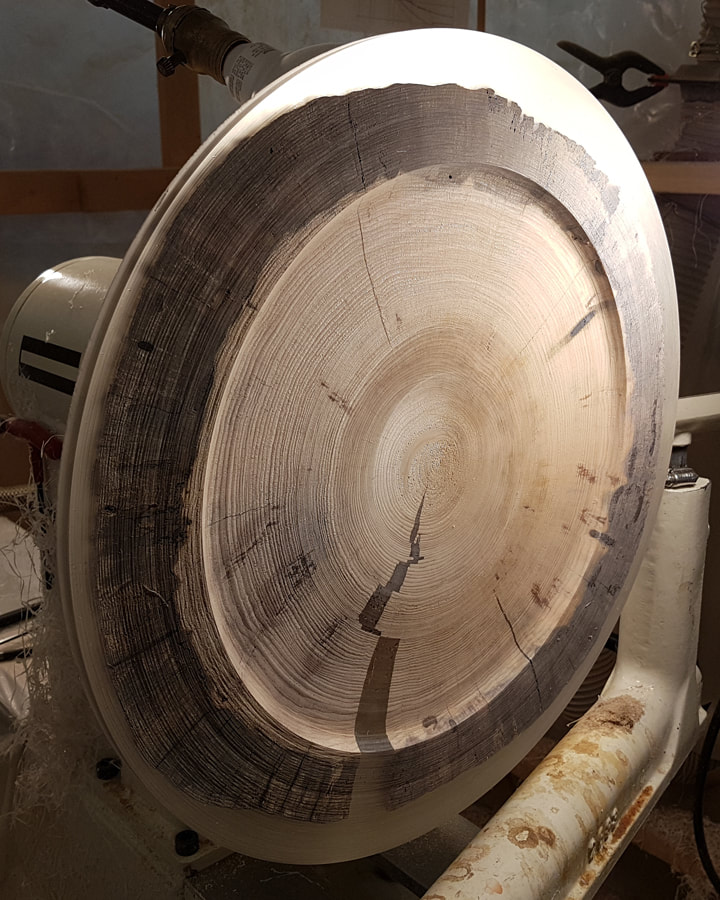
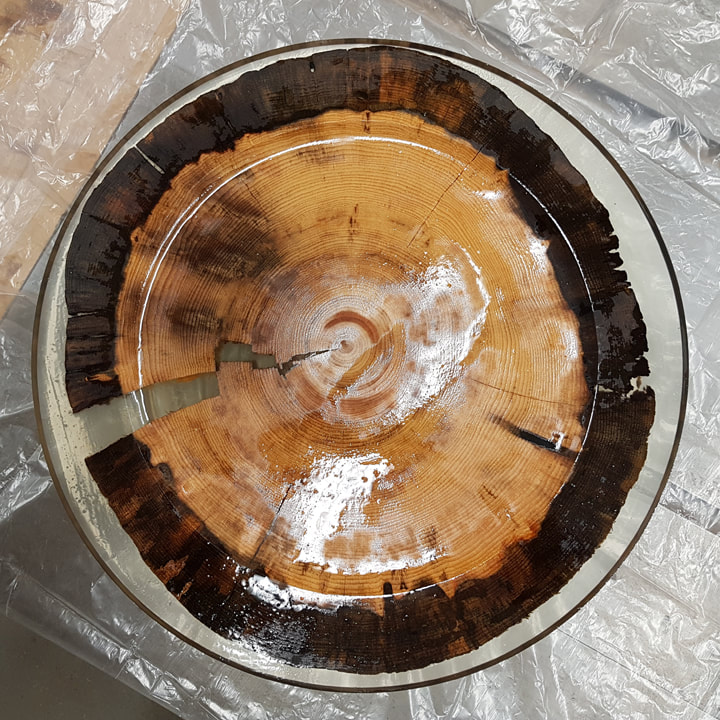
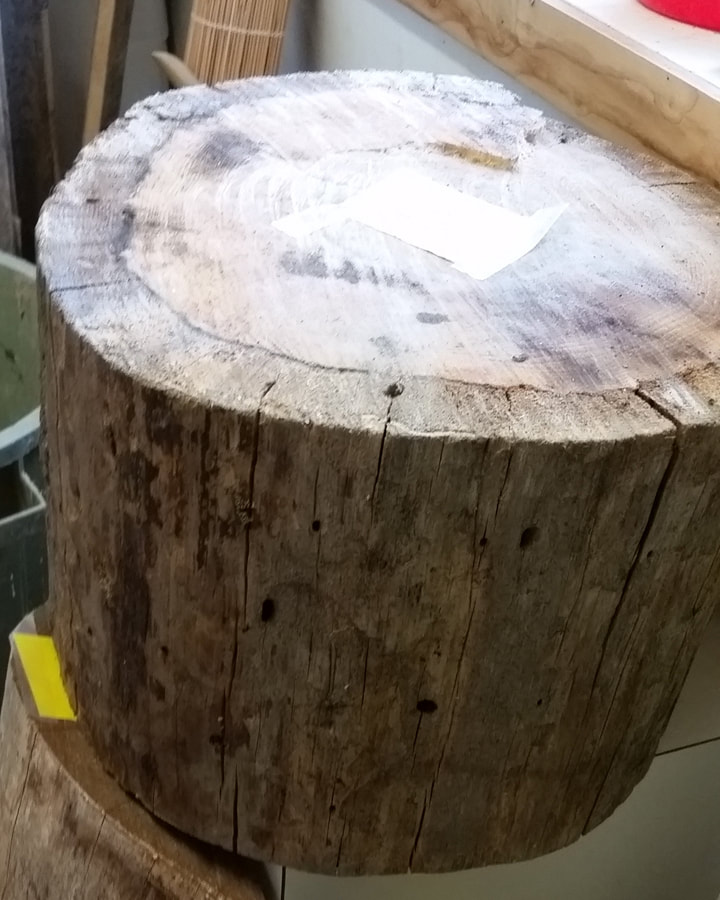
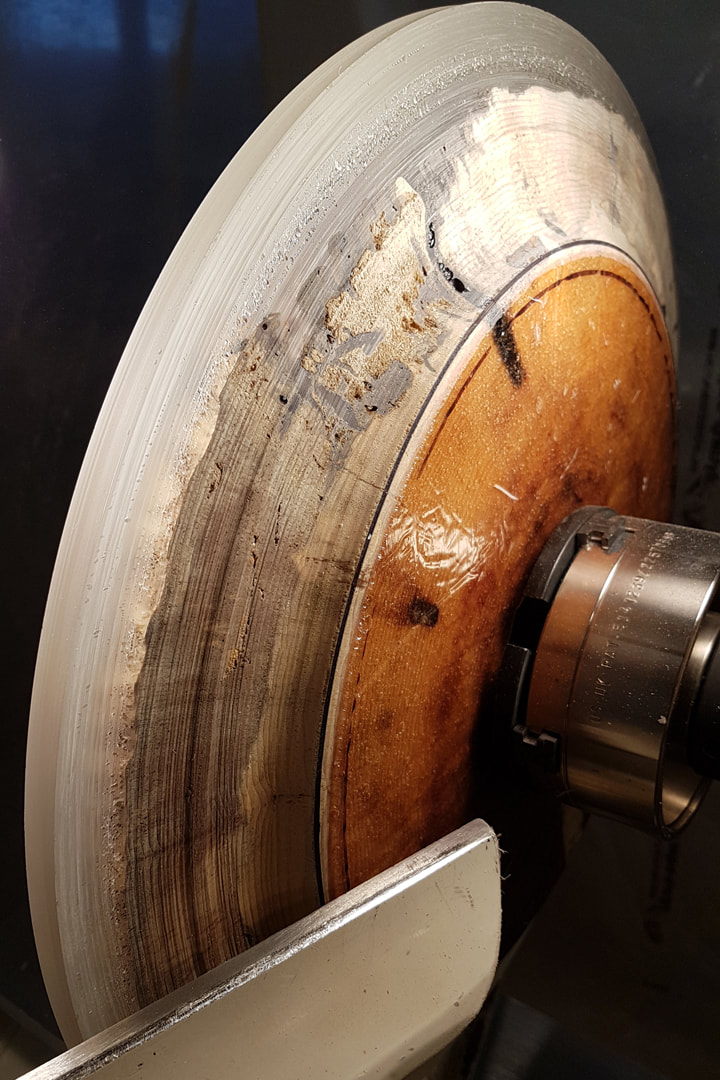
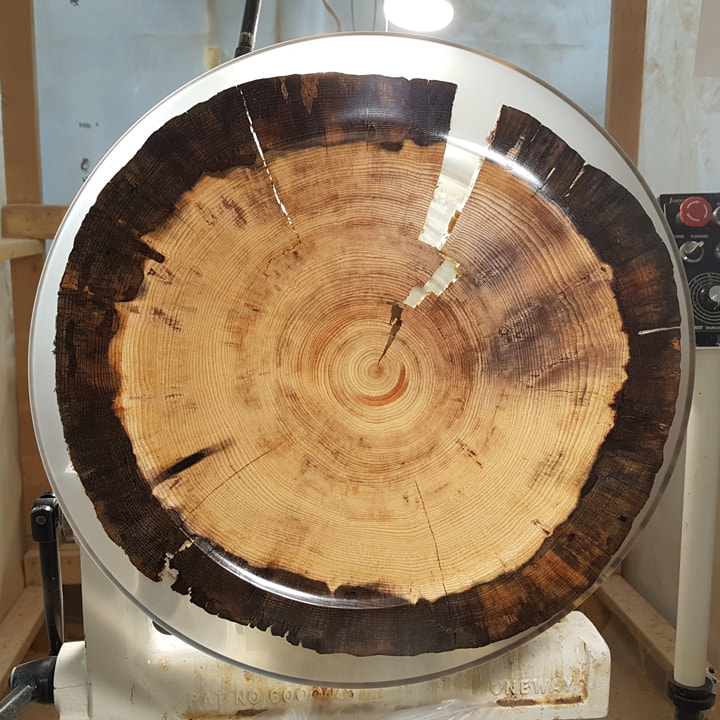
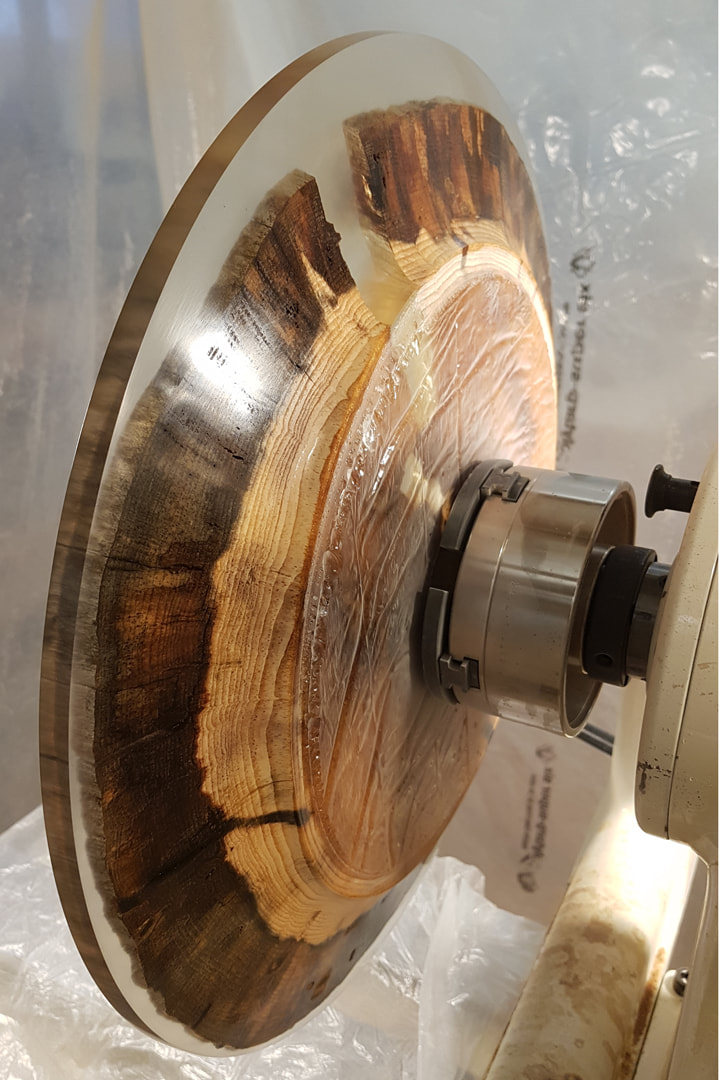
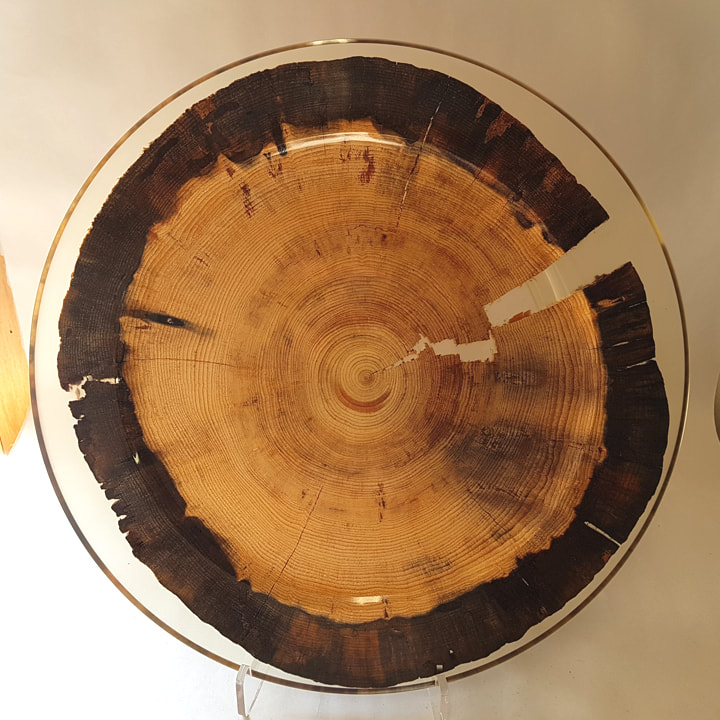
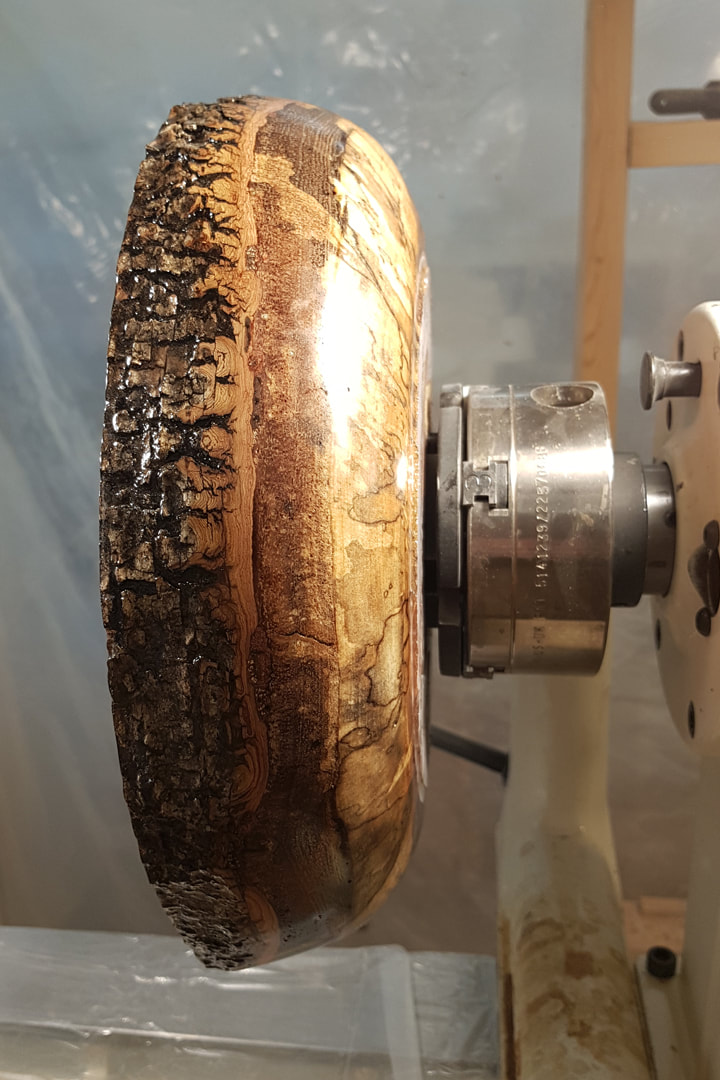
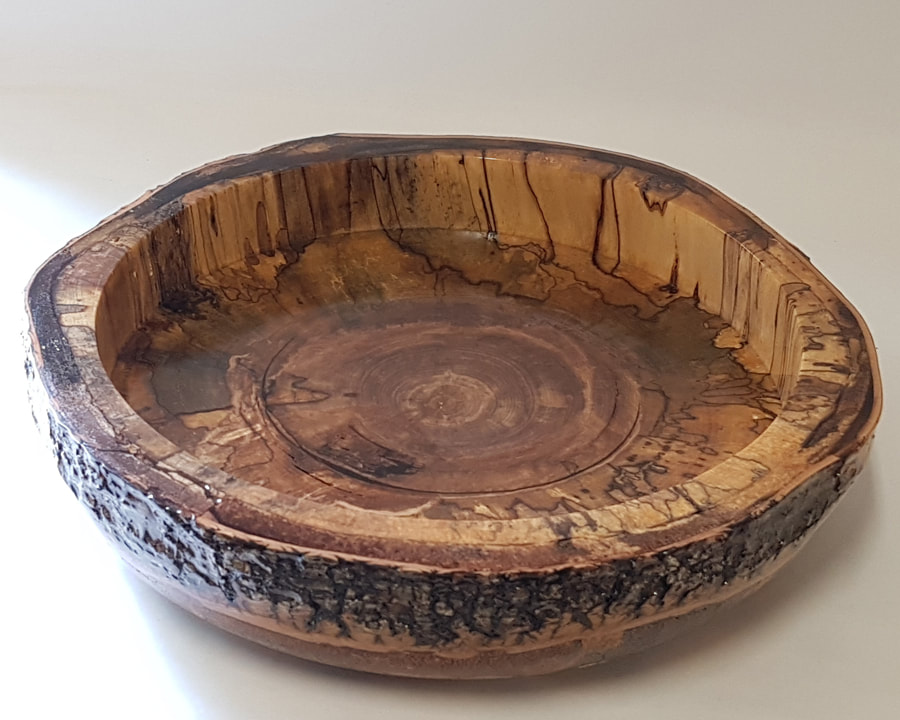
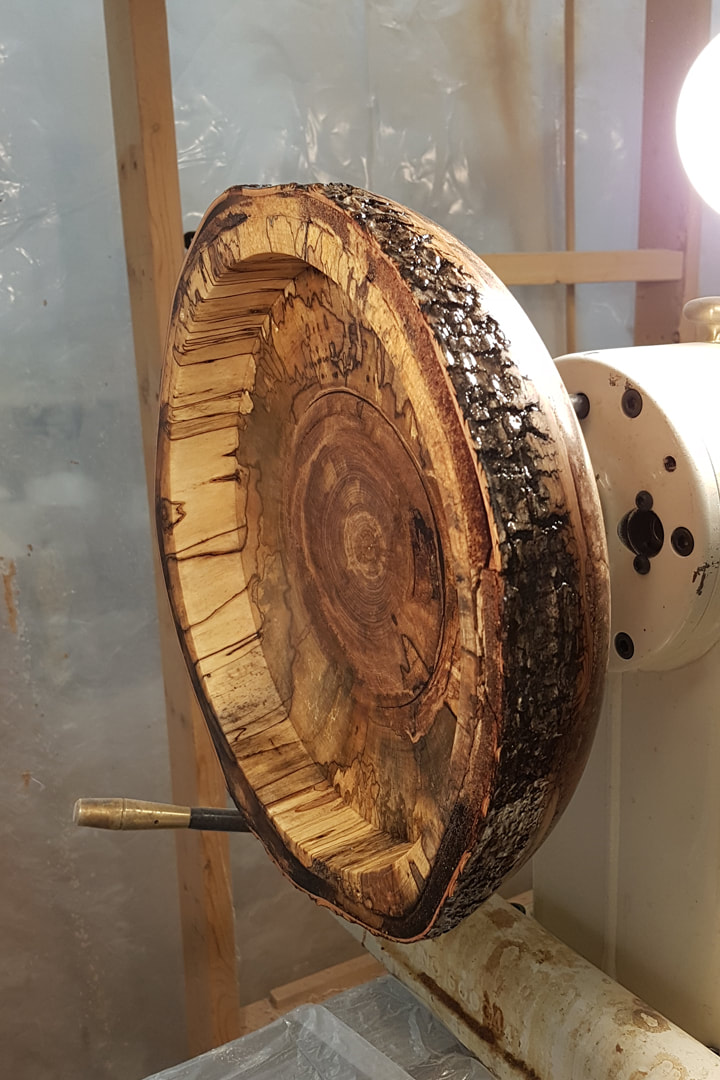
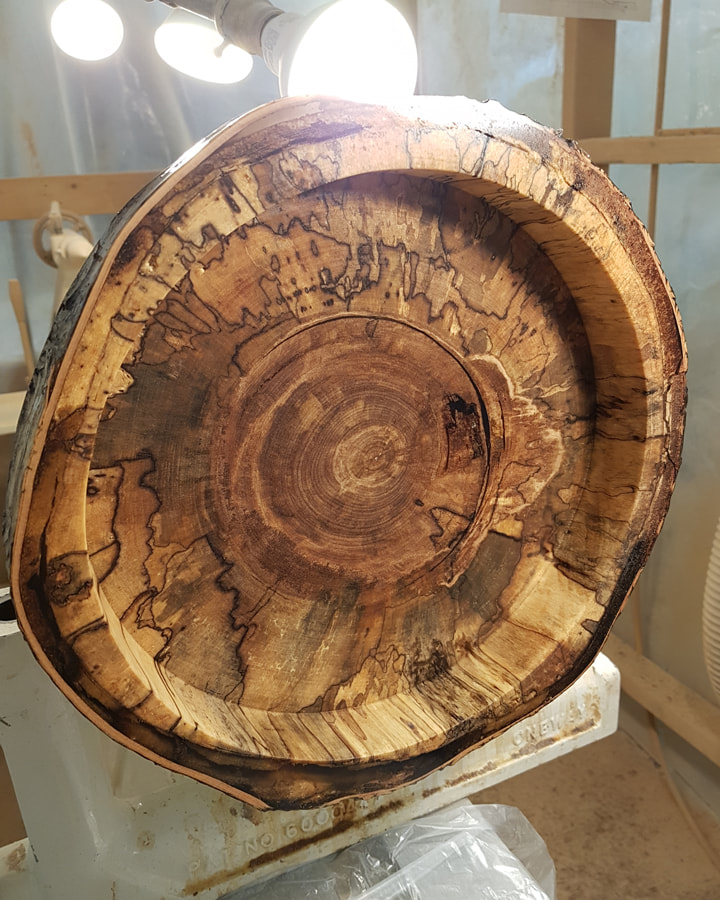
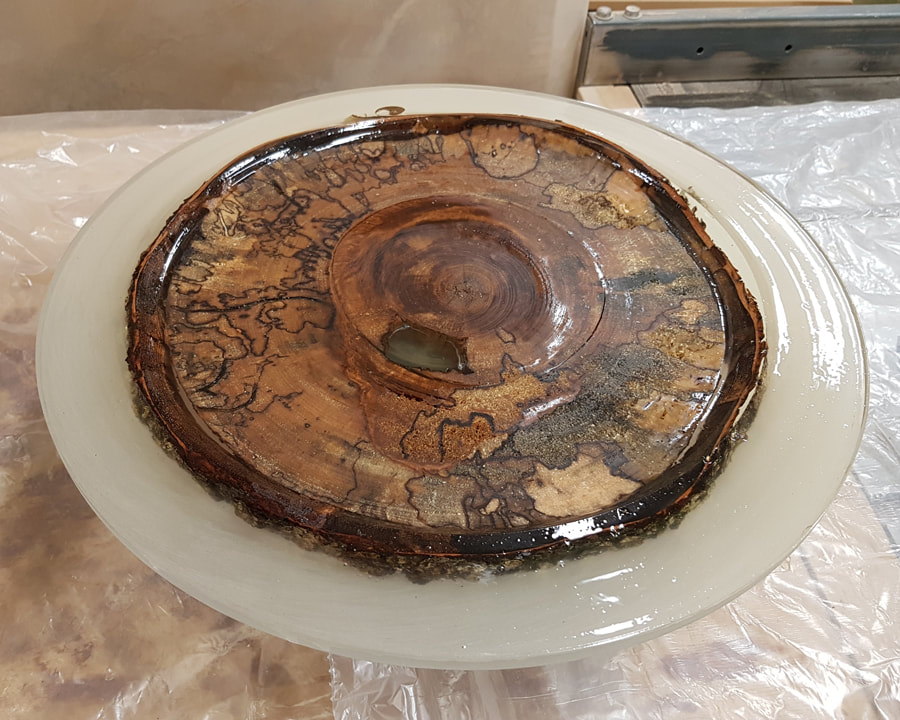
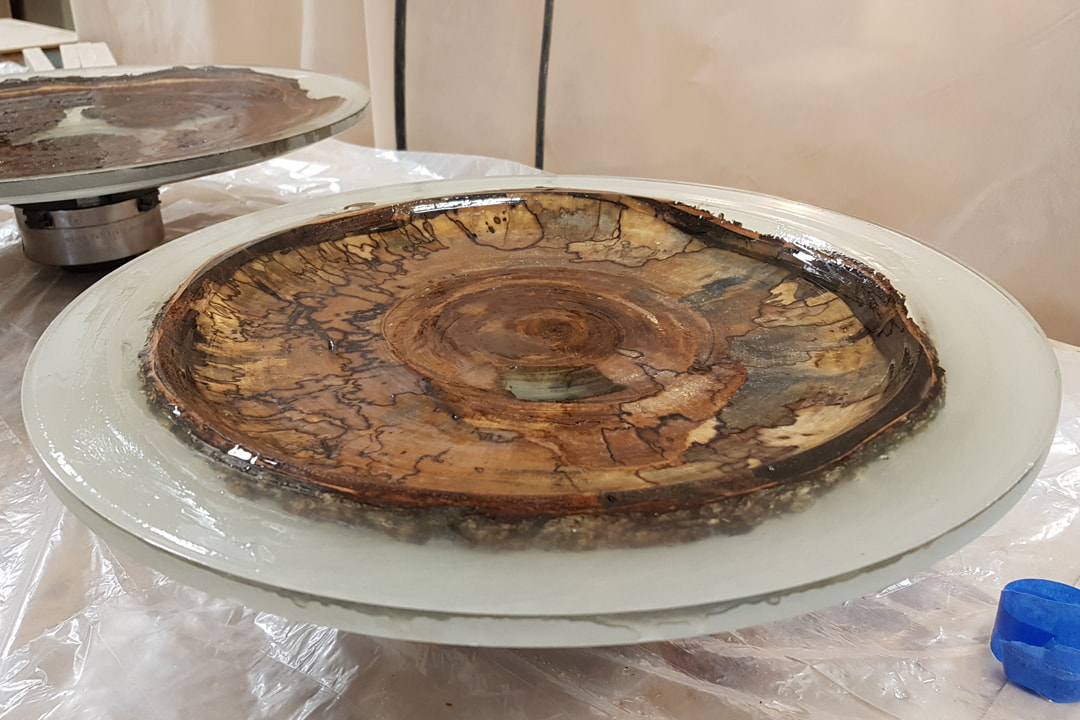
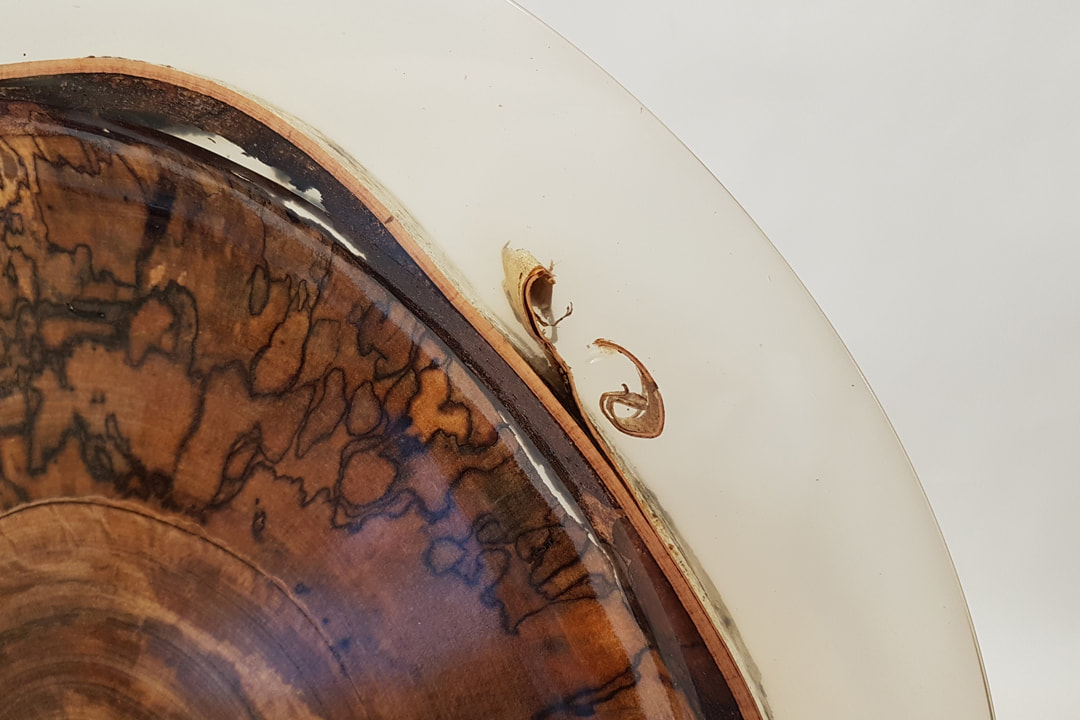
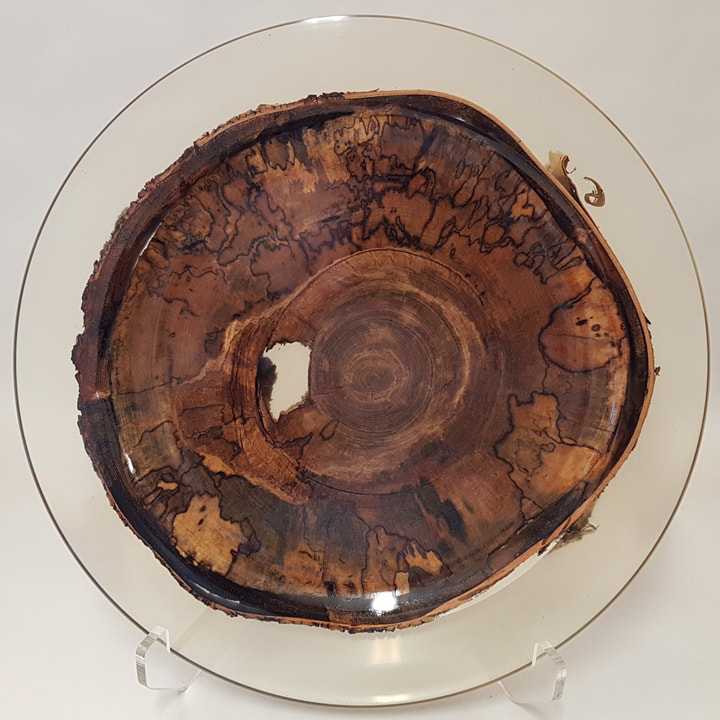
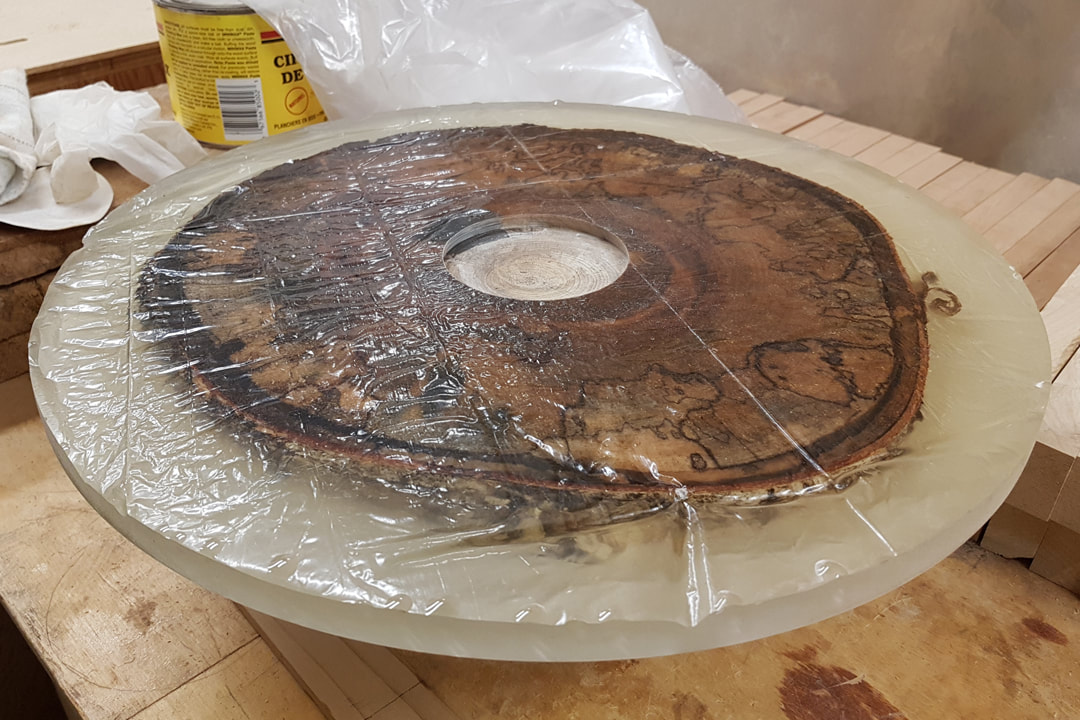
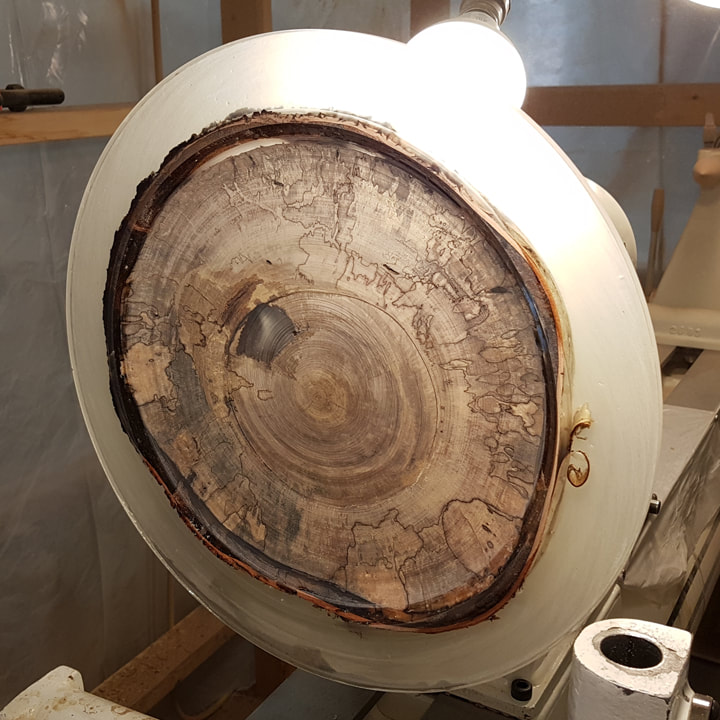
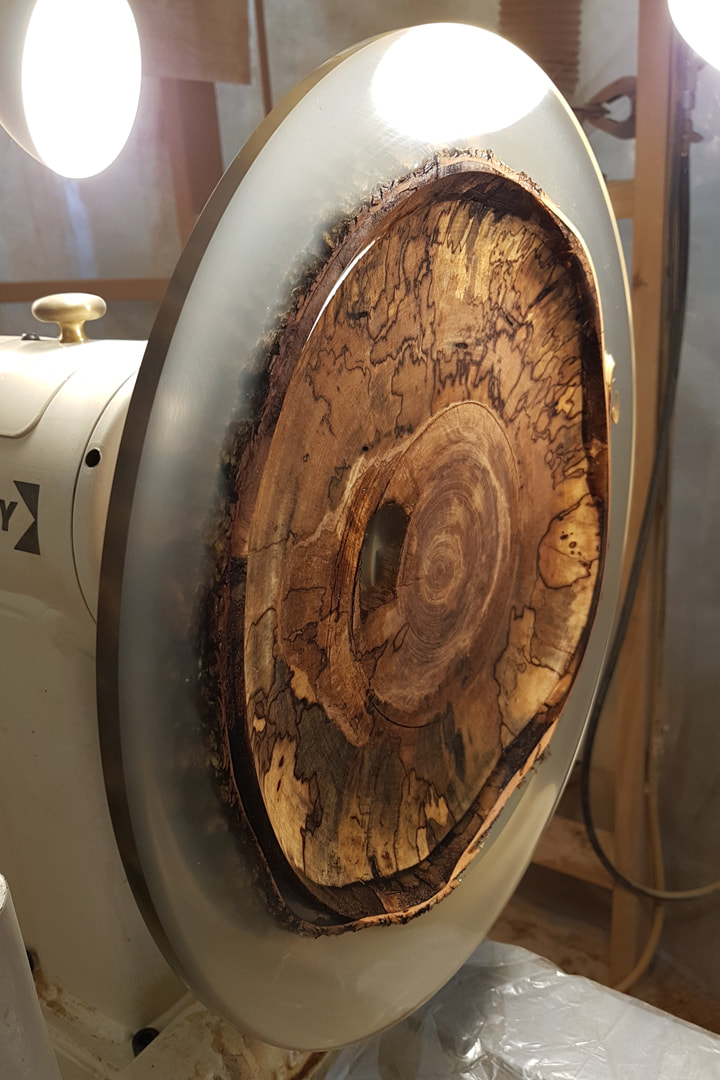
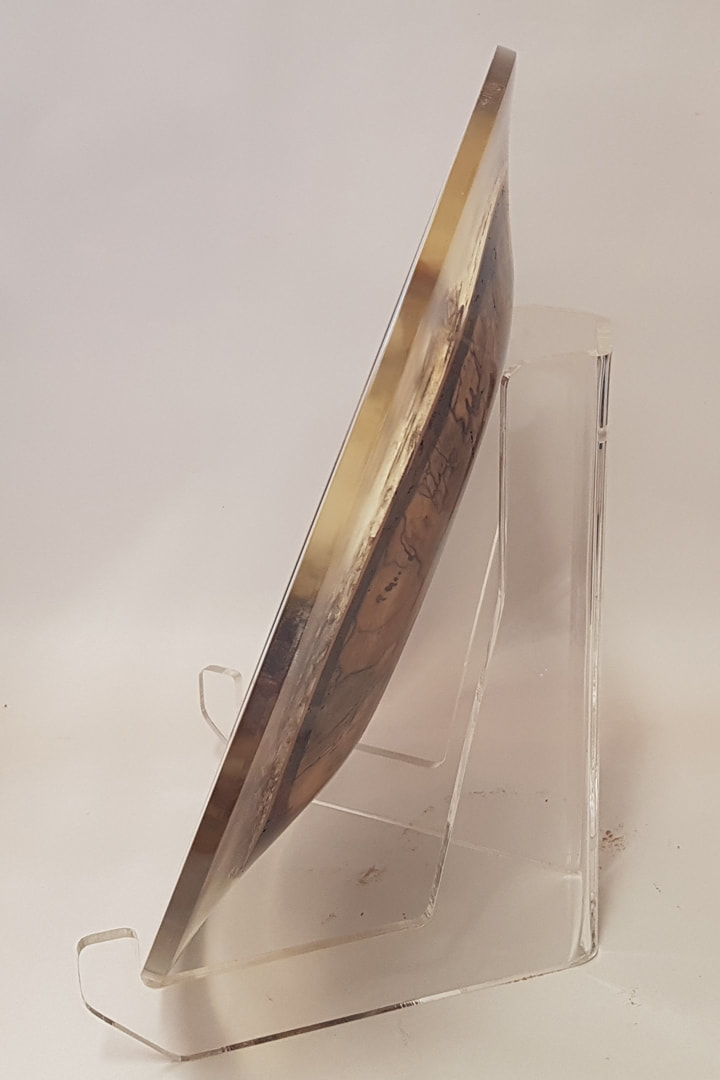
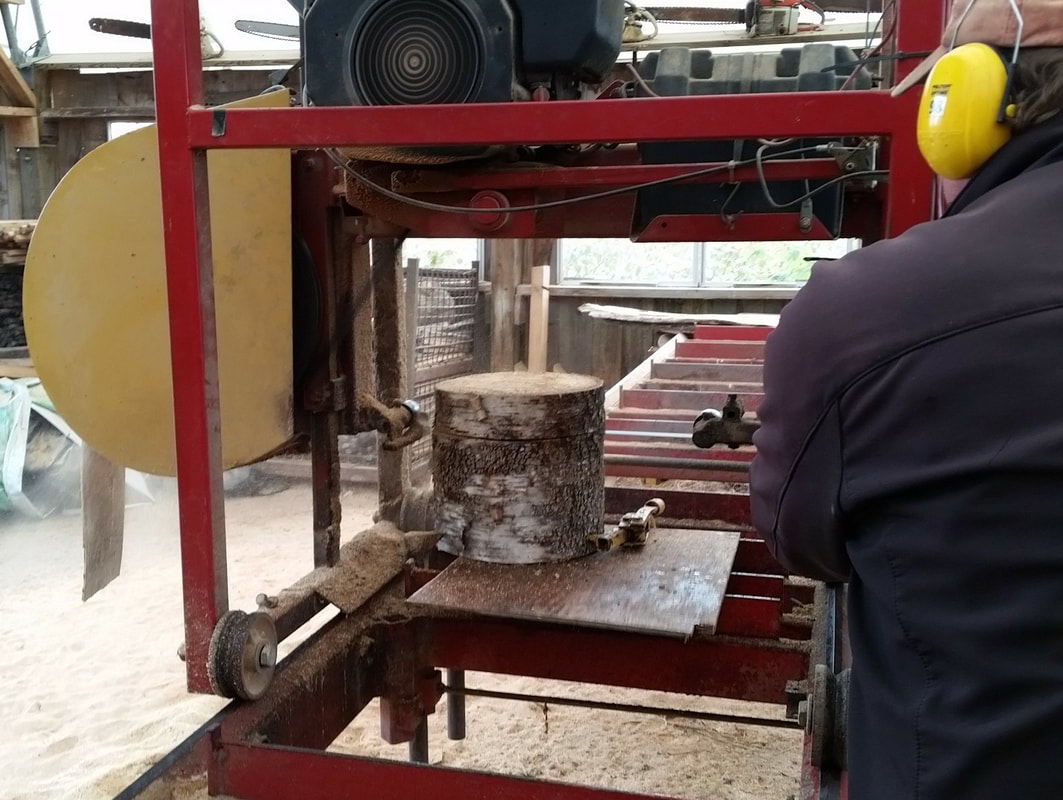
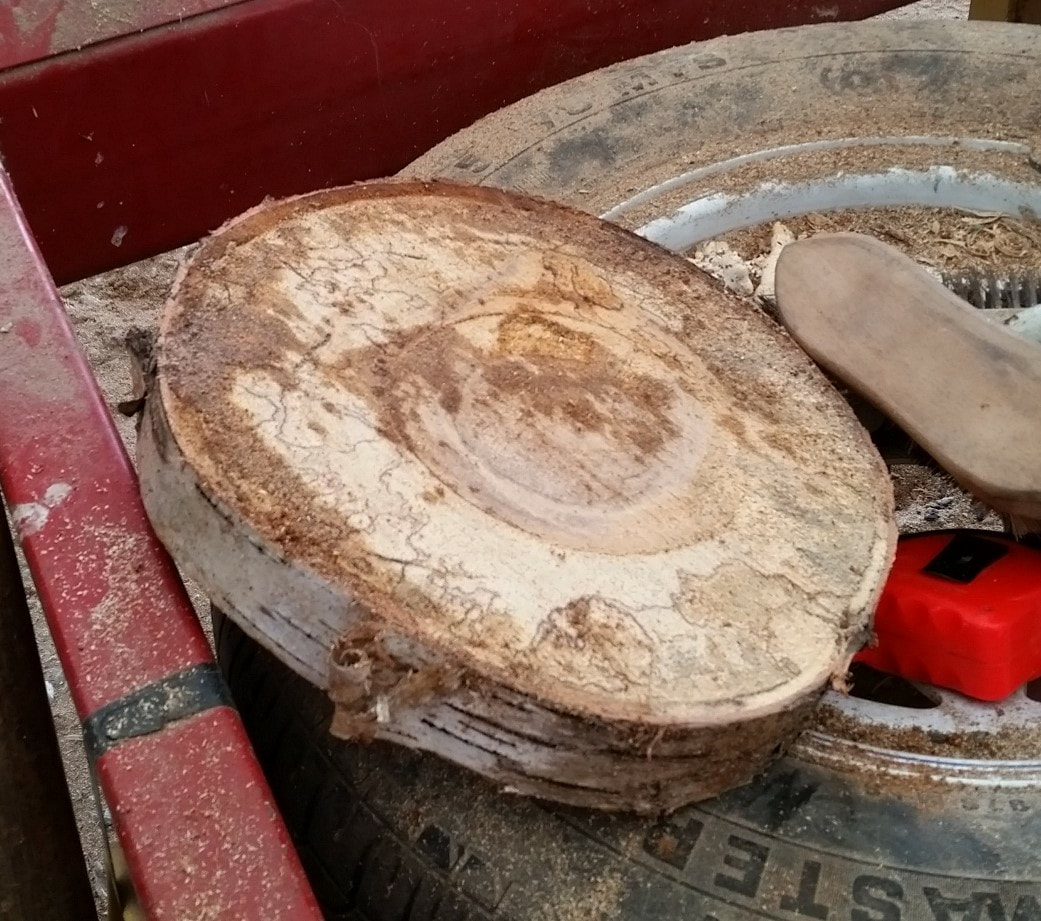
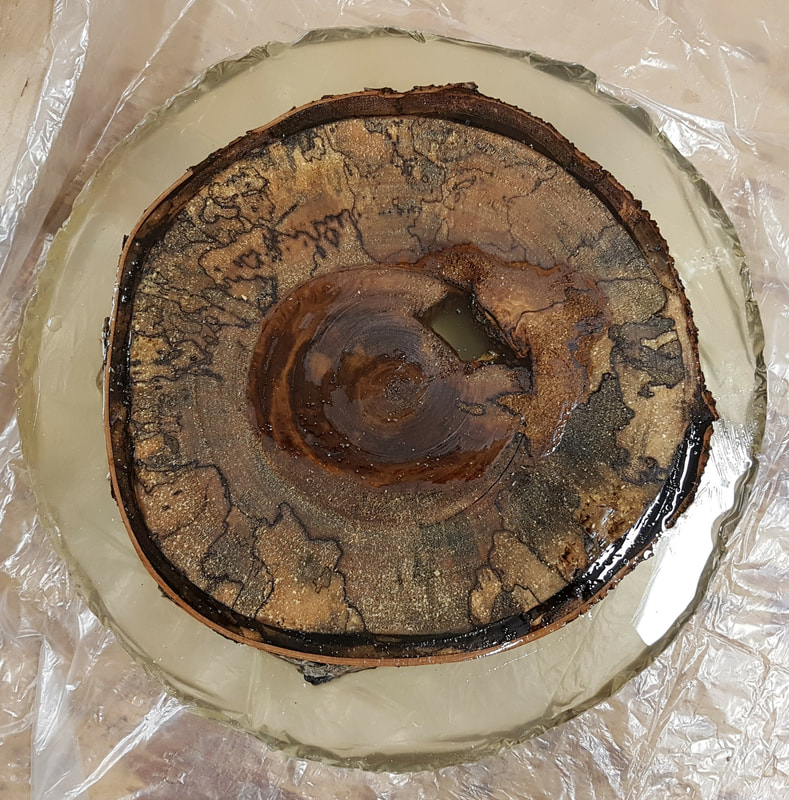
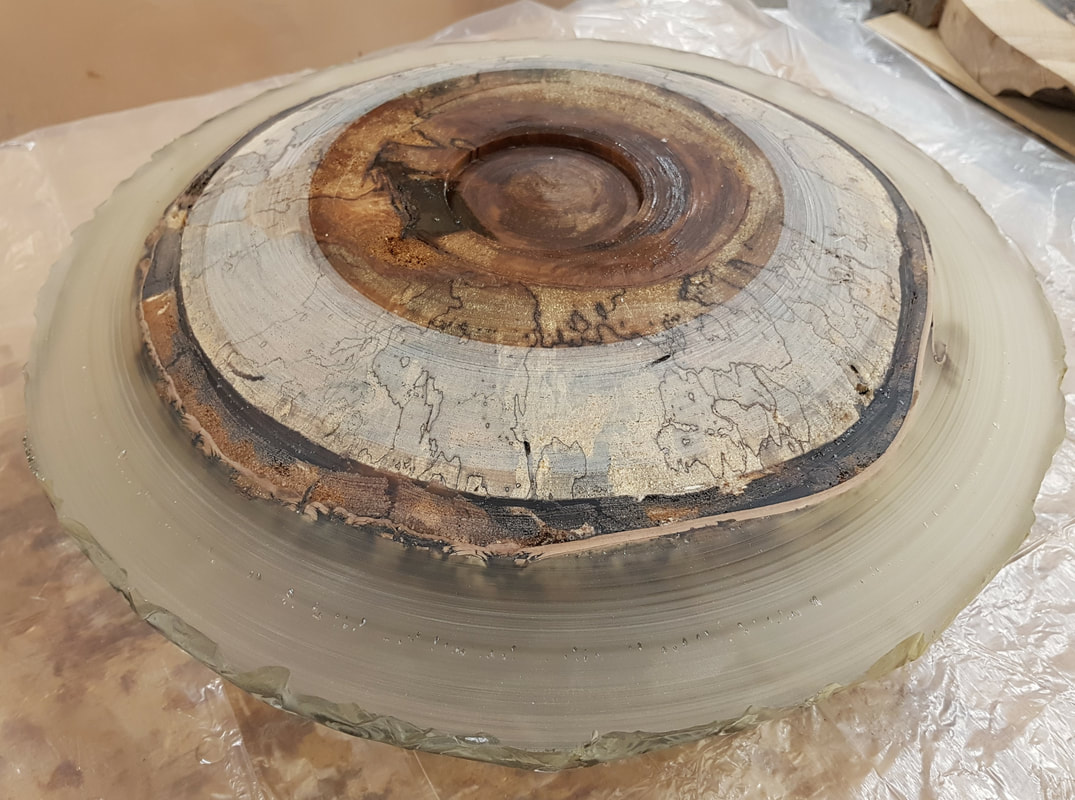
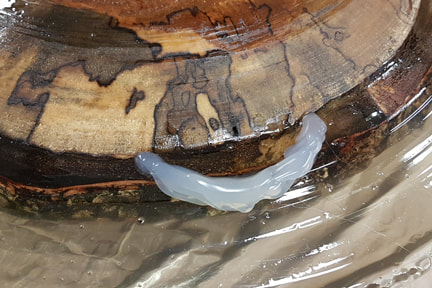
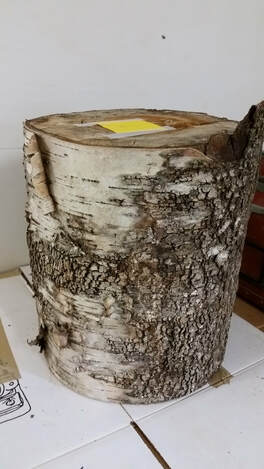
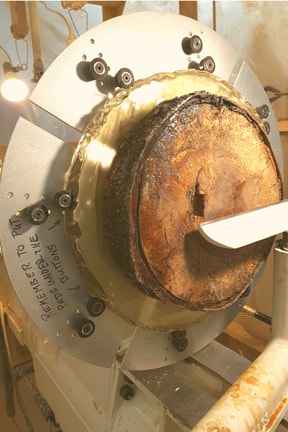
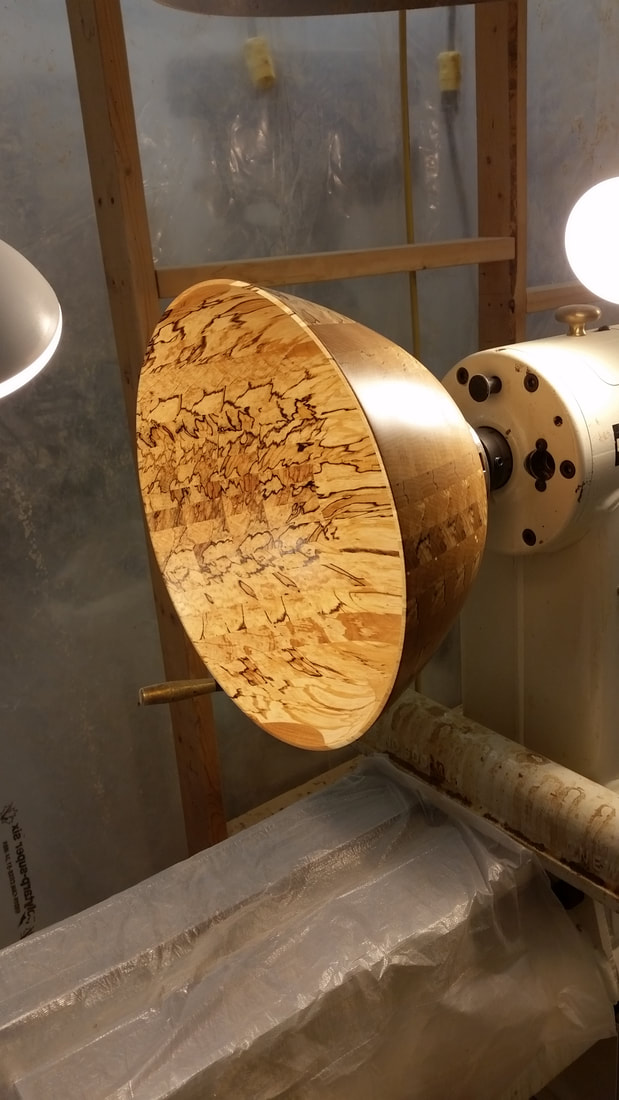
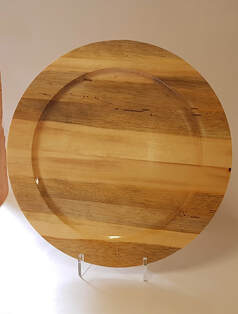

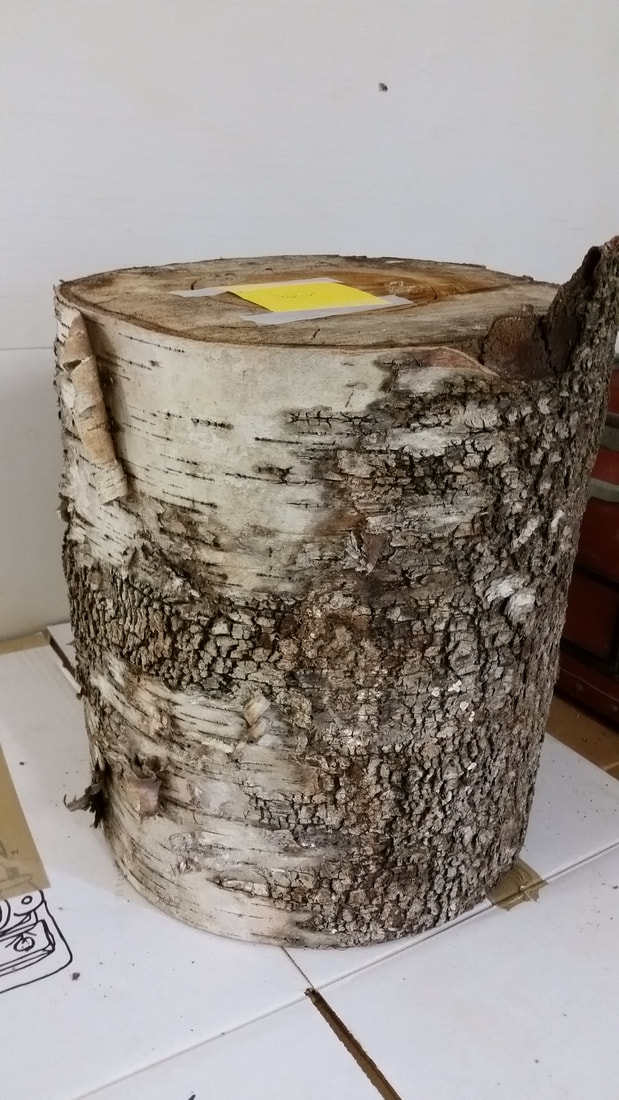
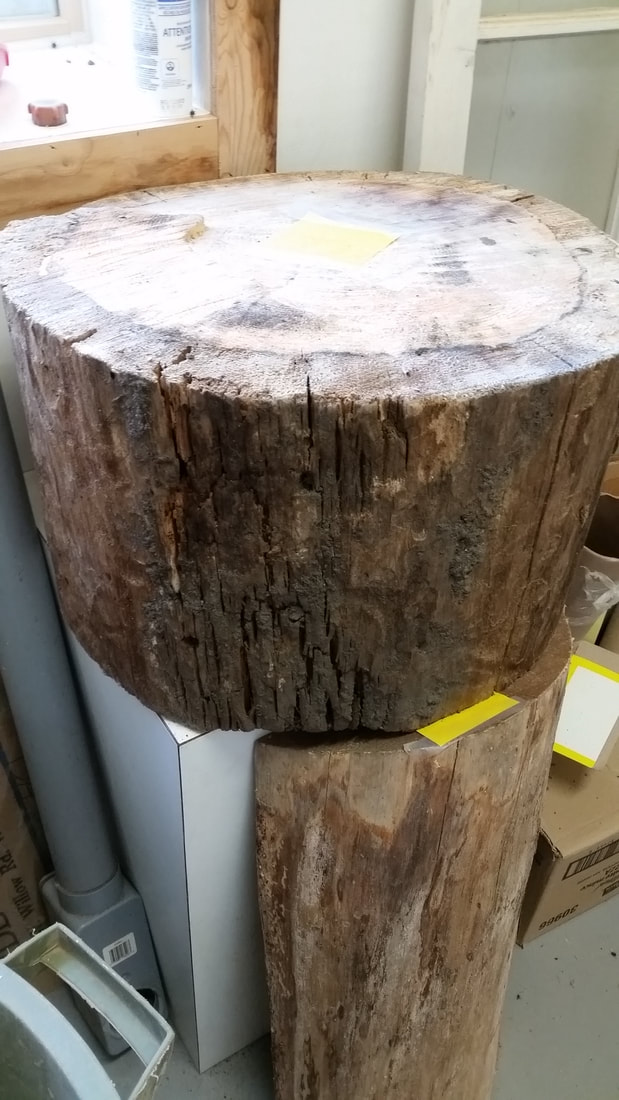
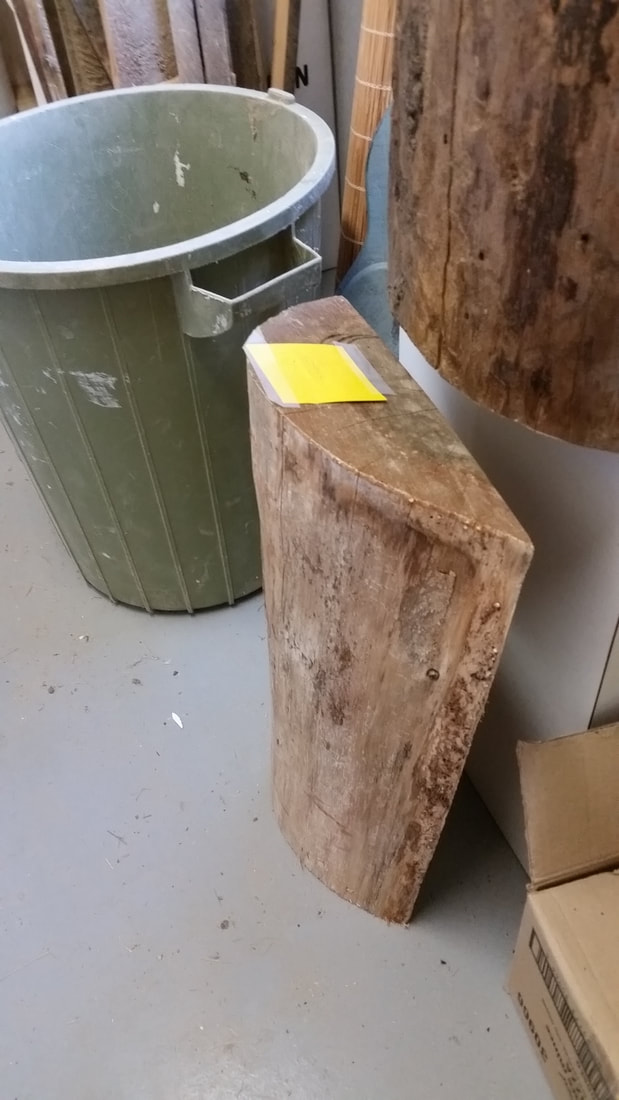
 RSS Feed
RSS Feed